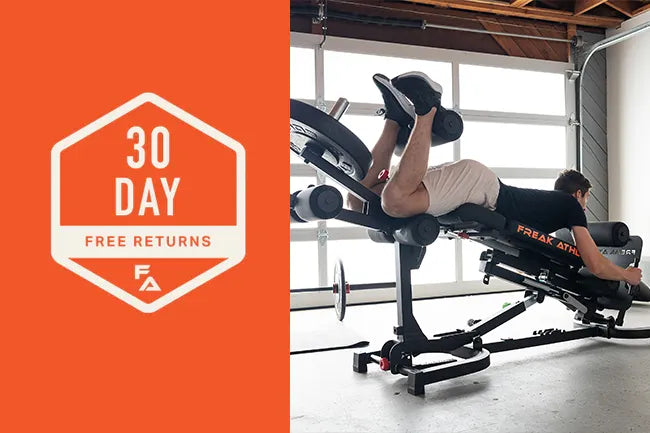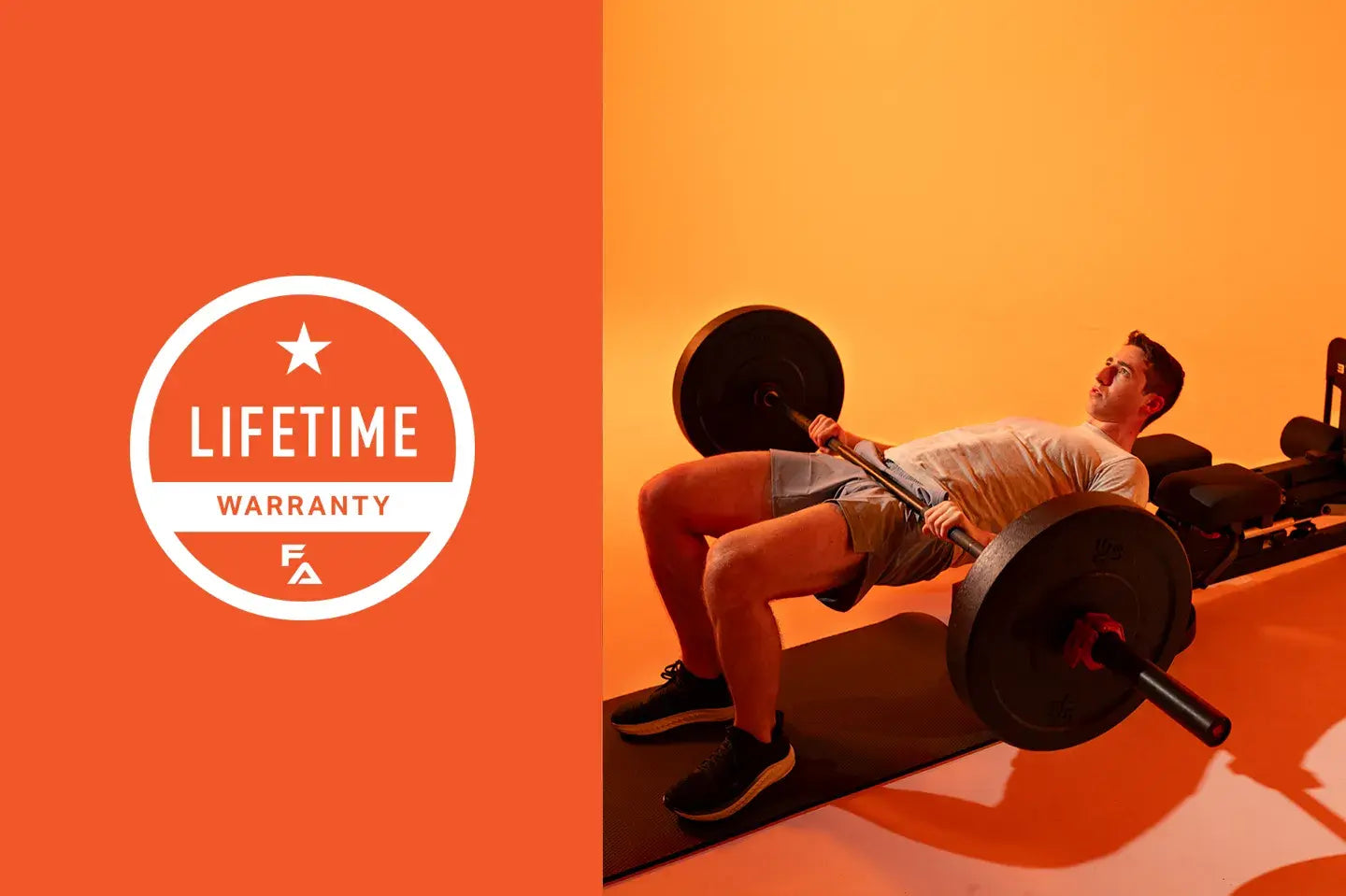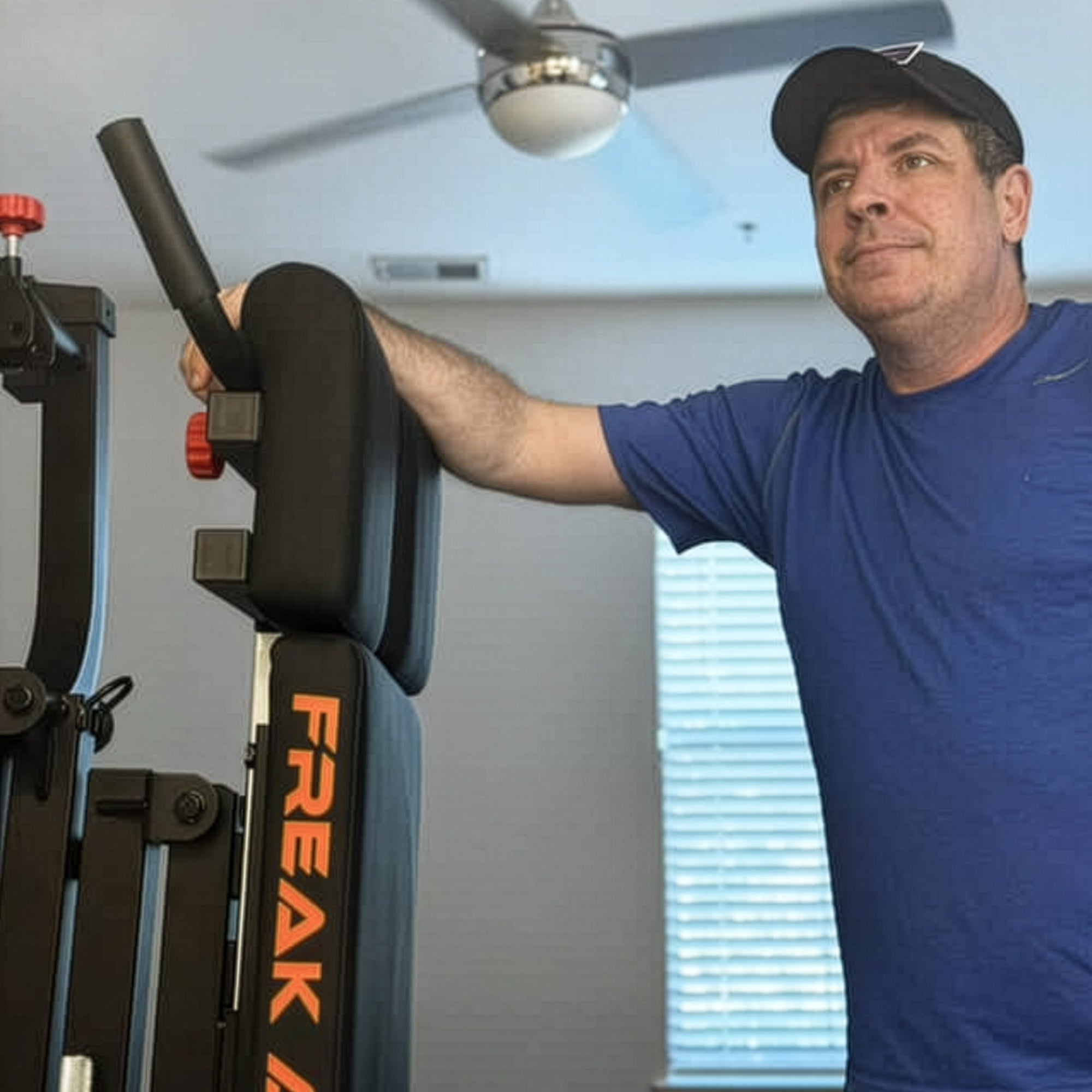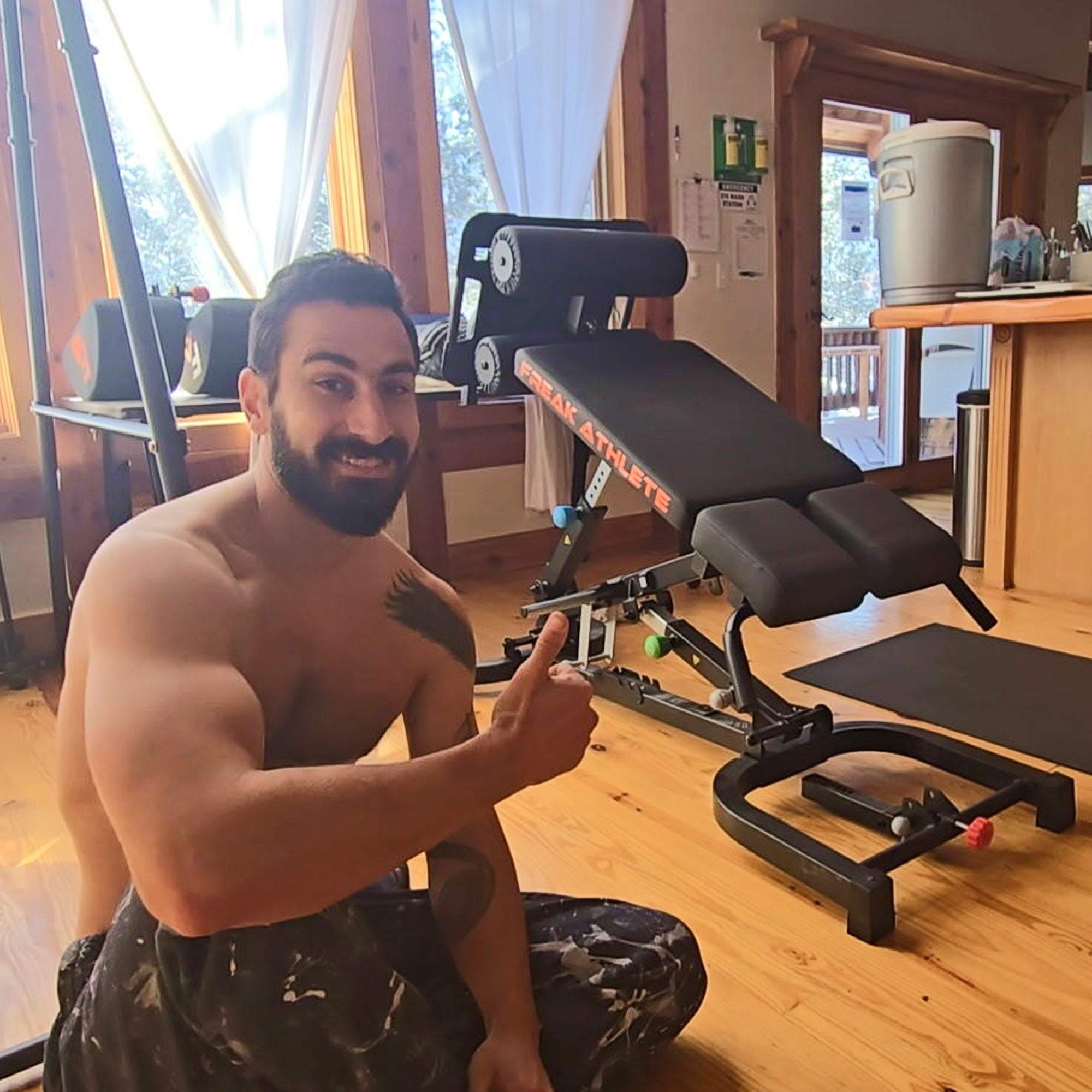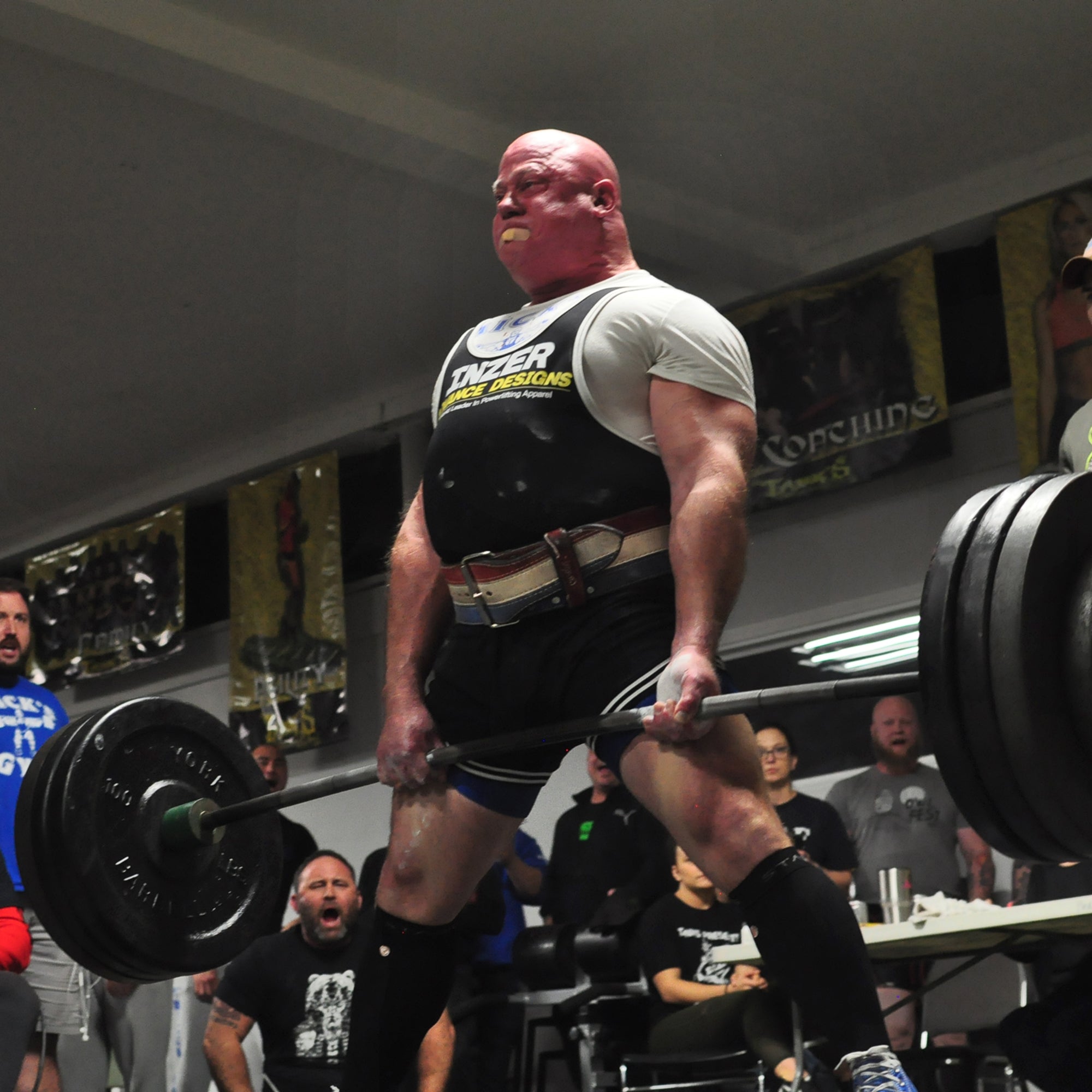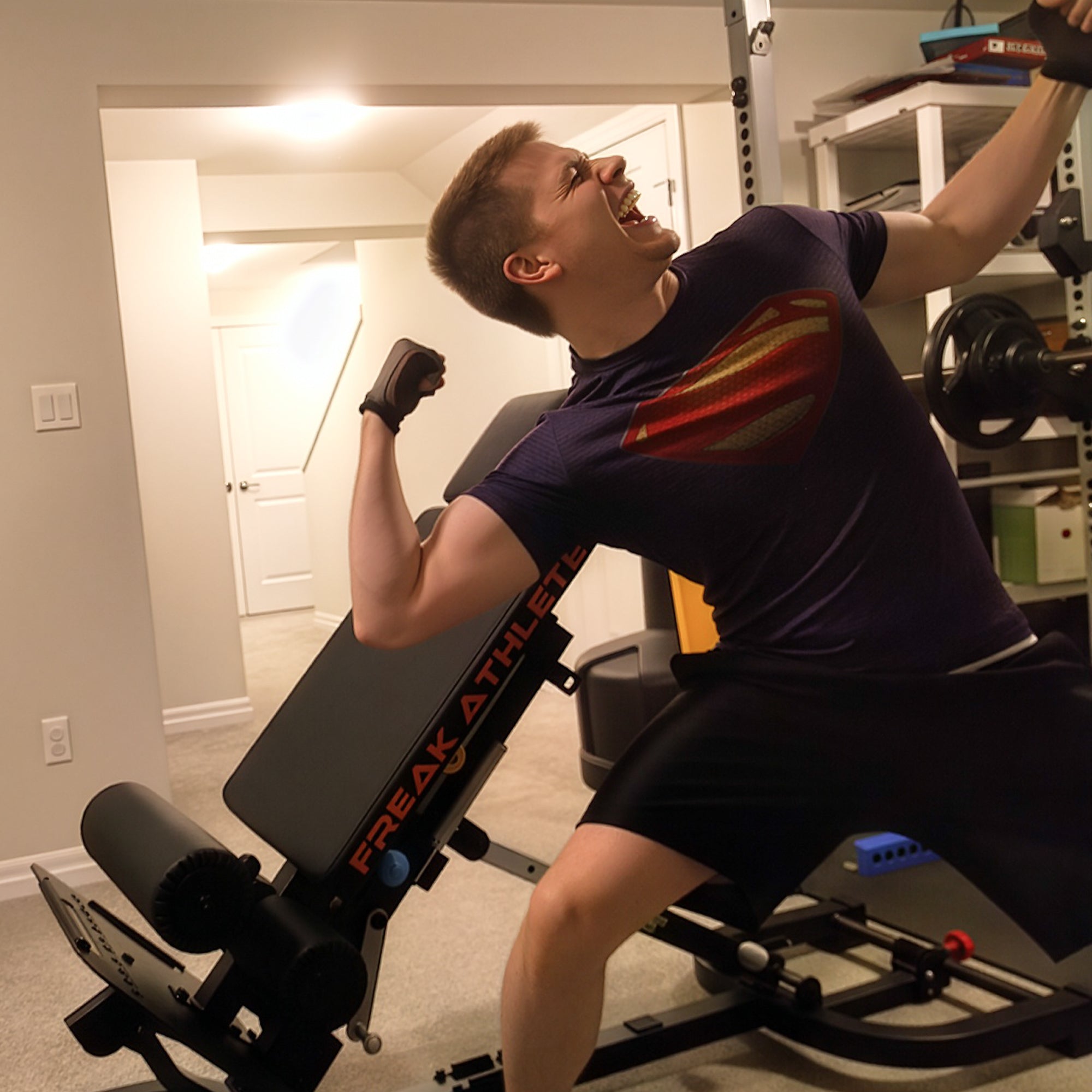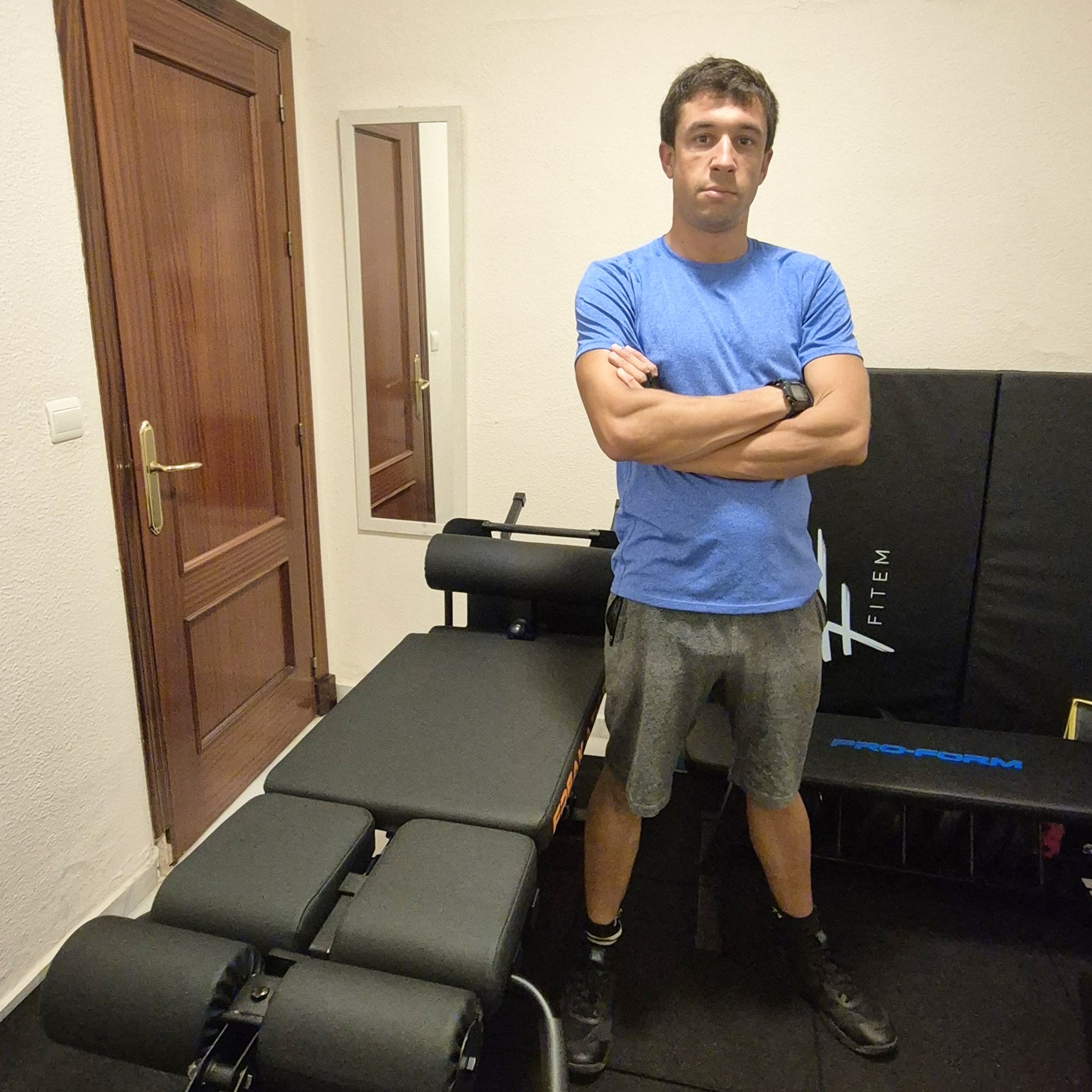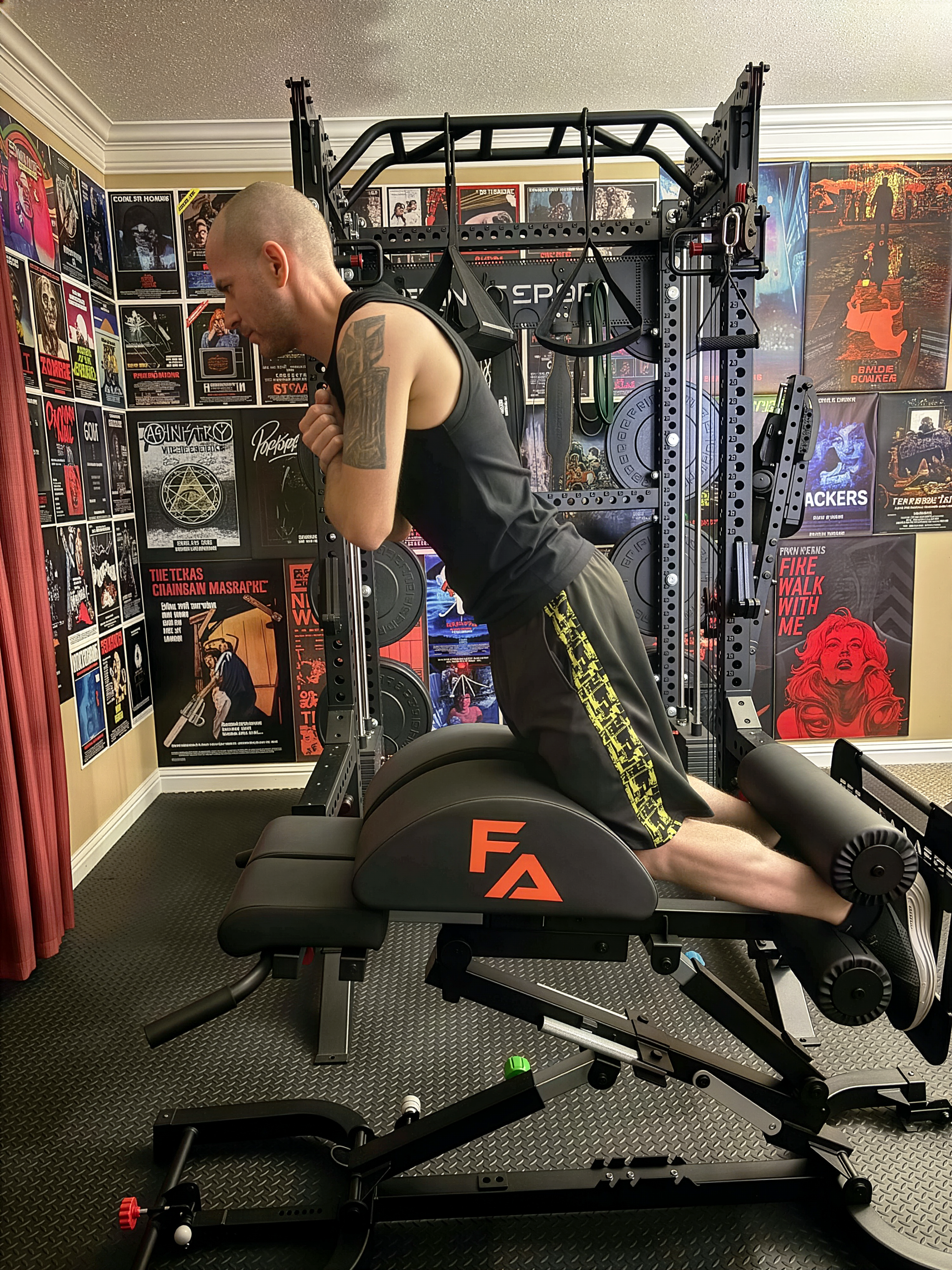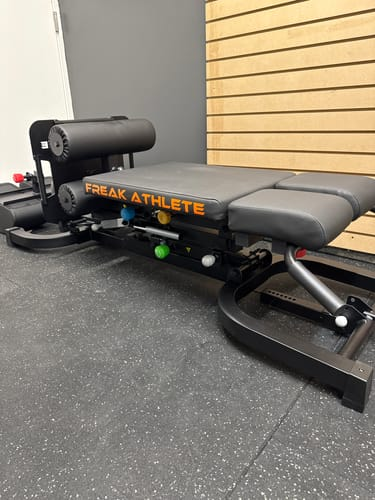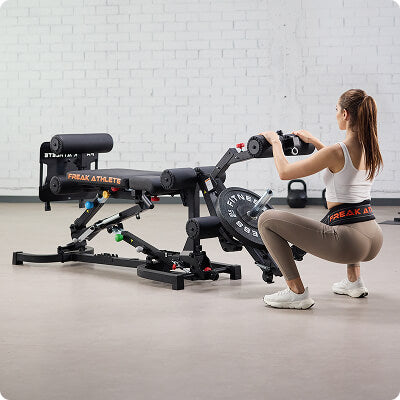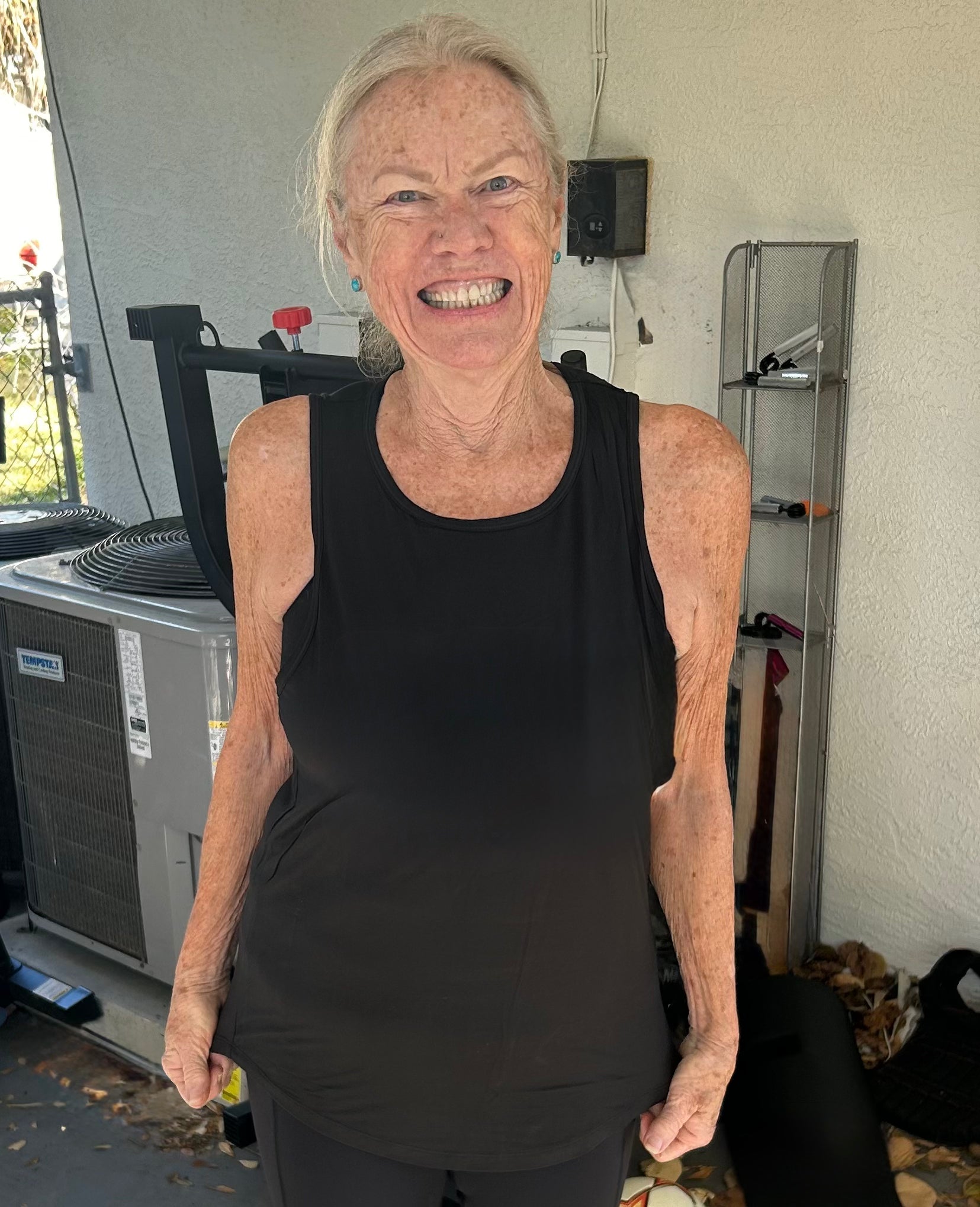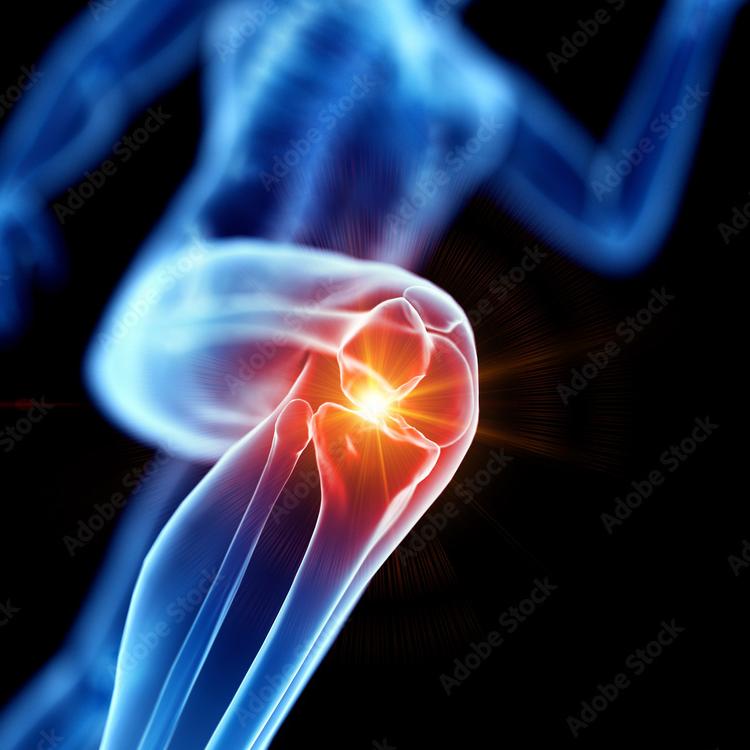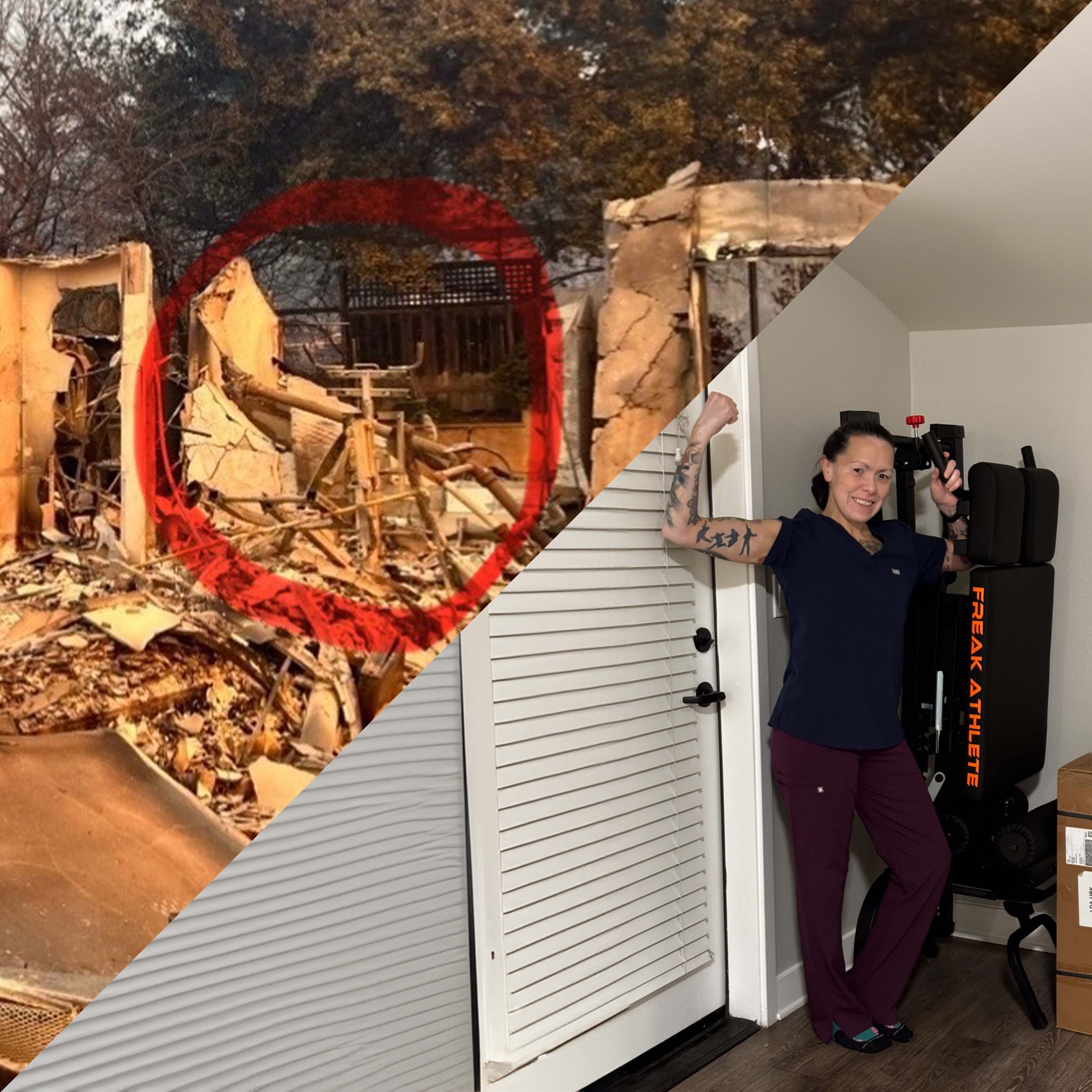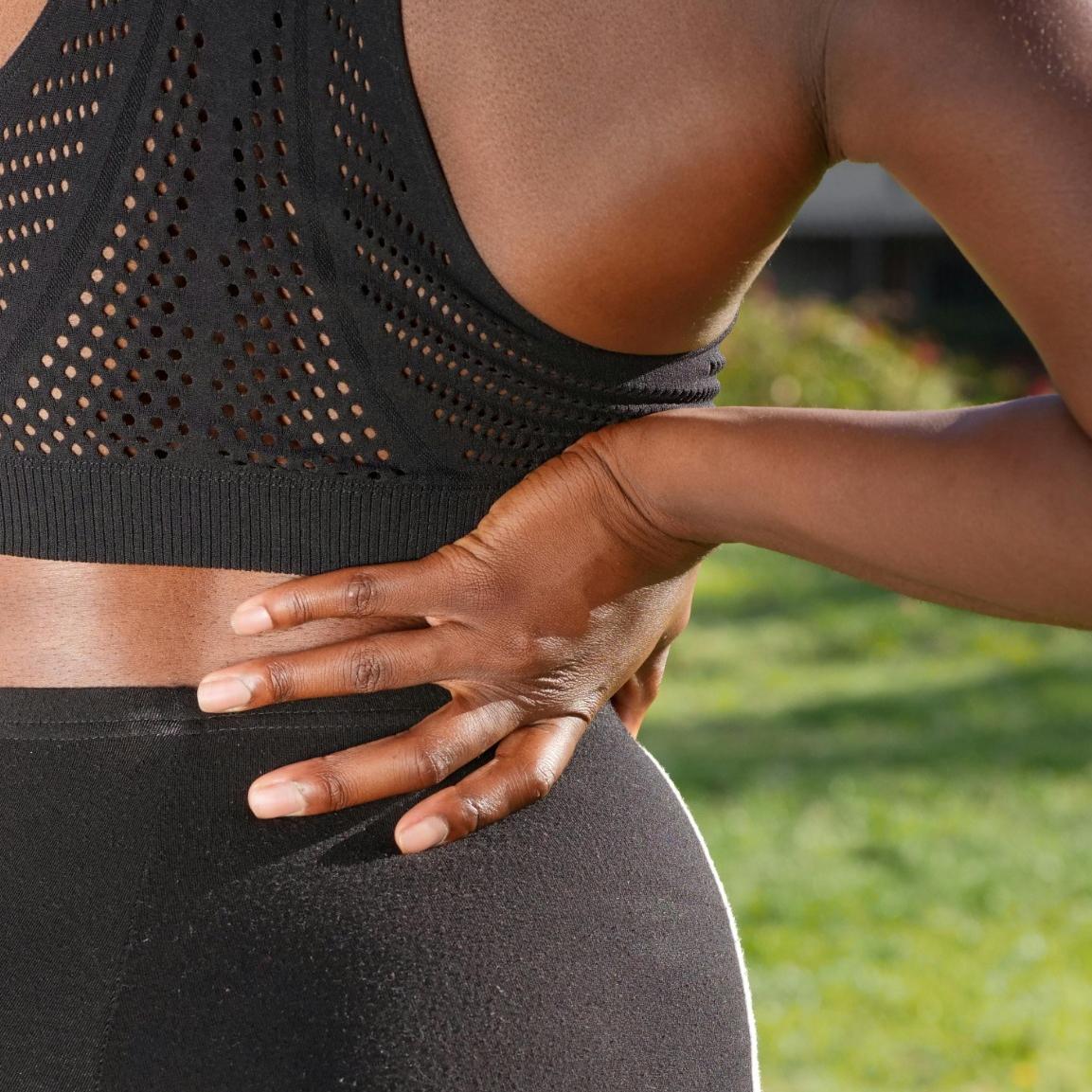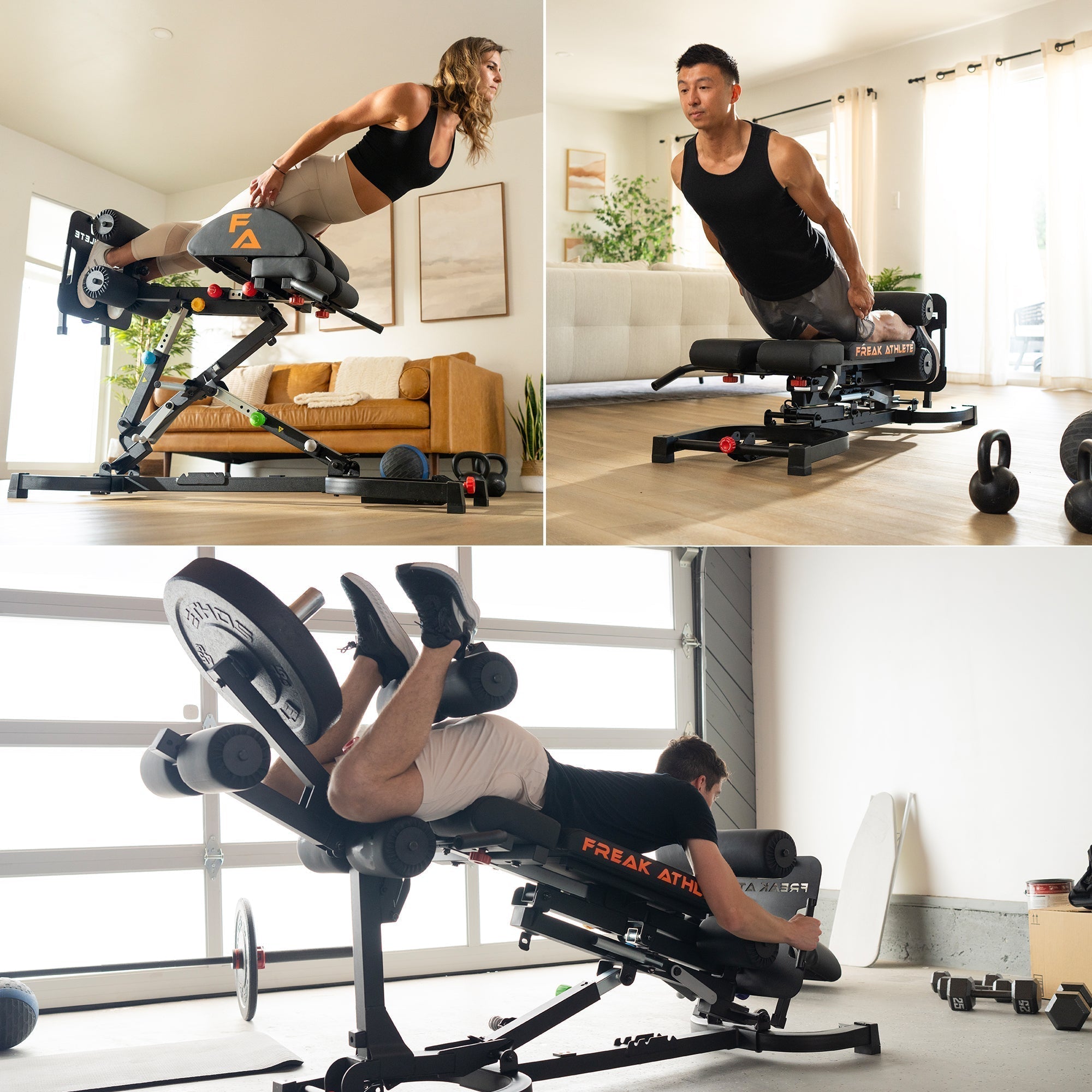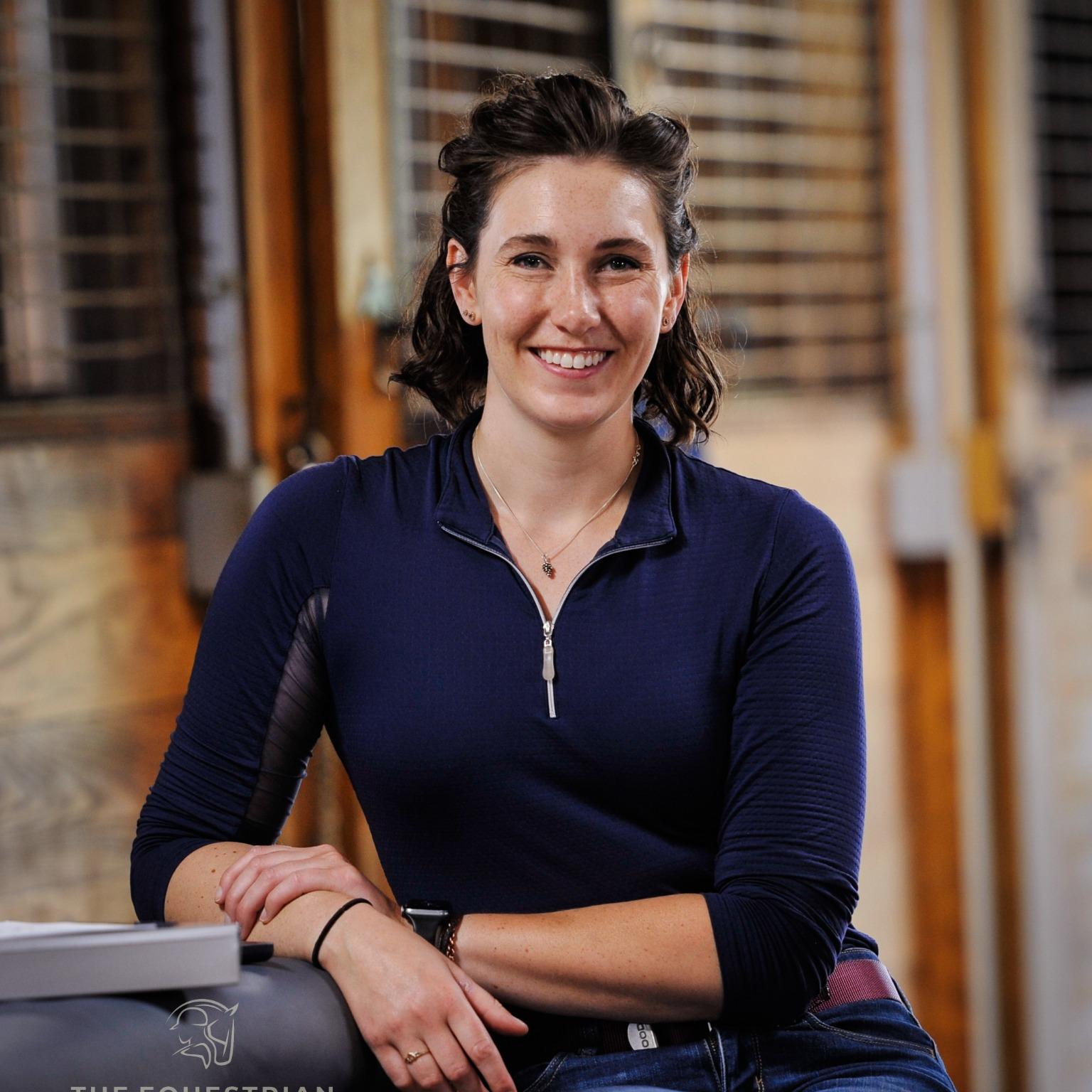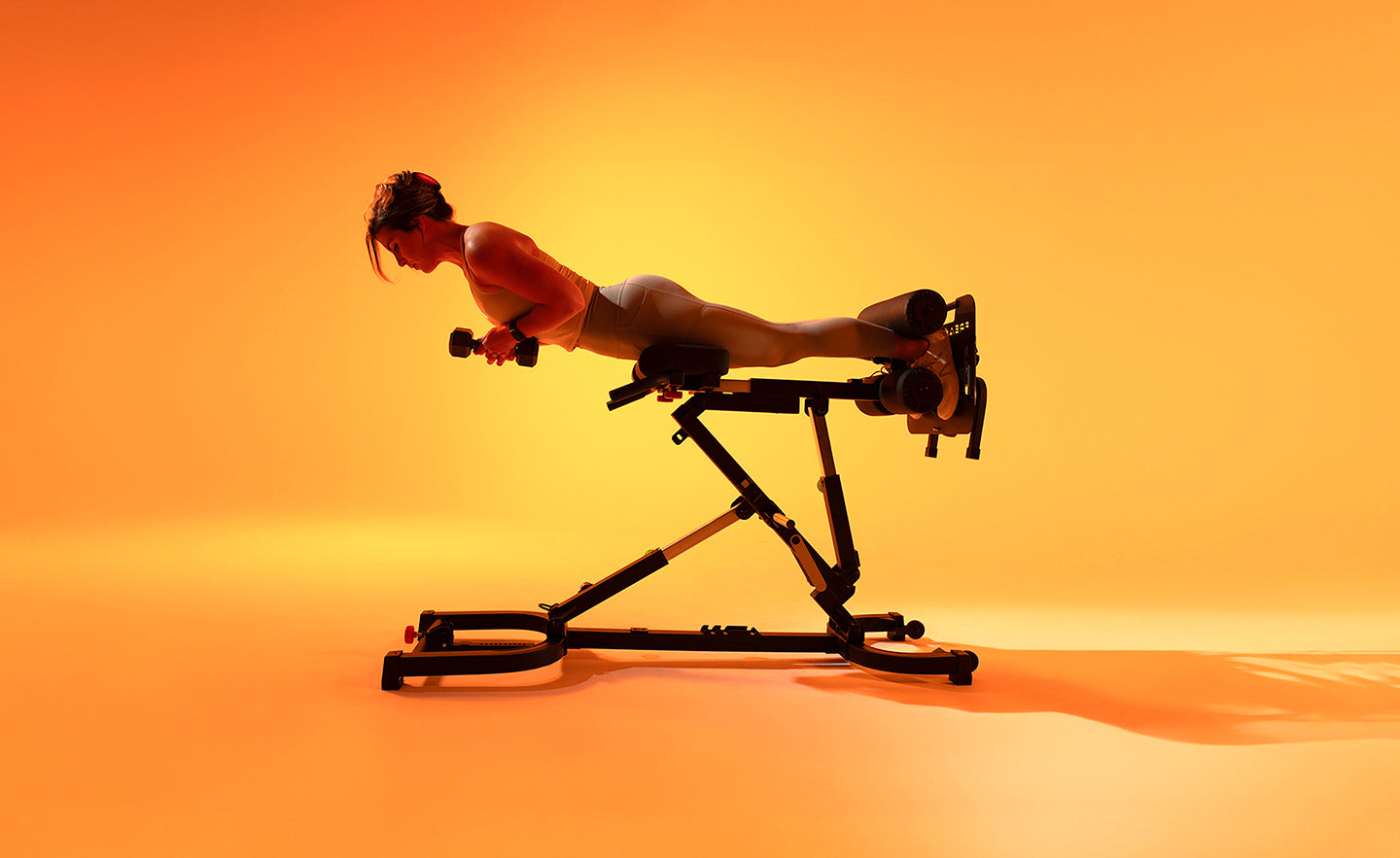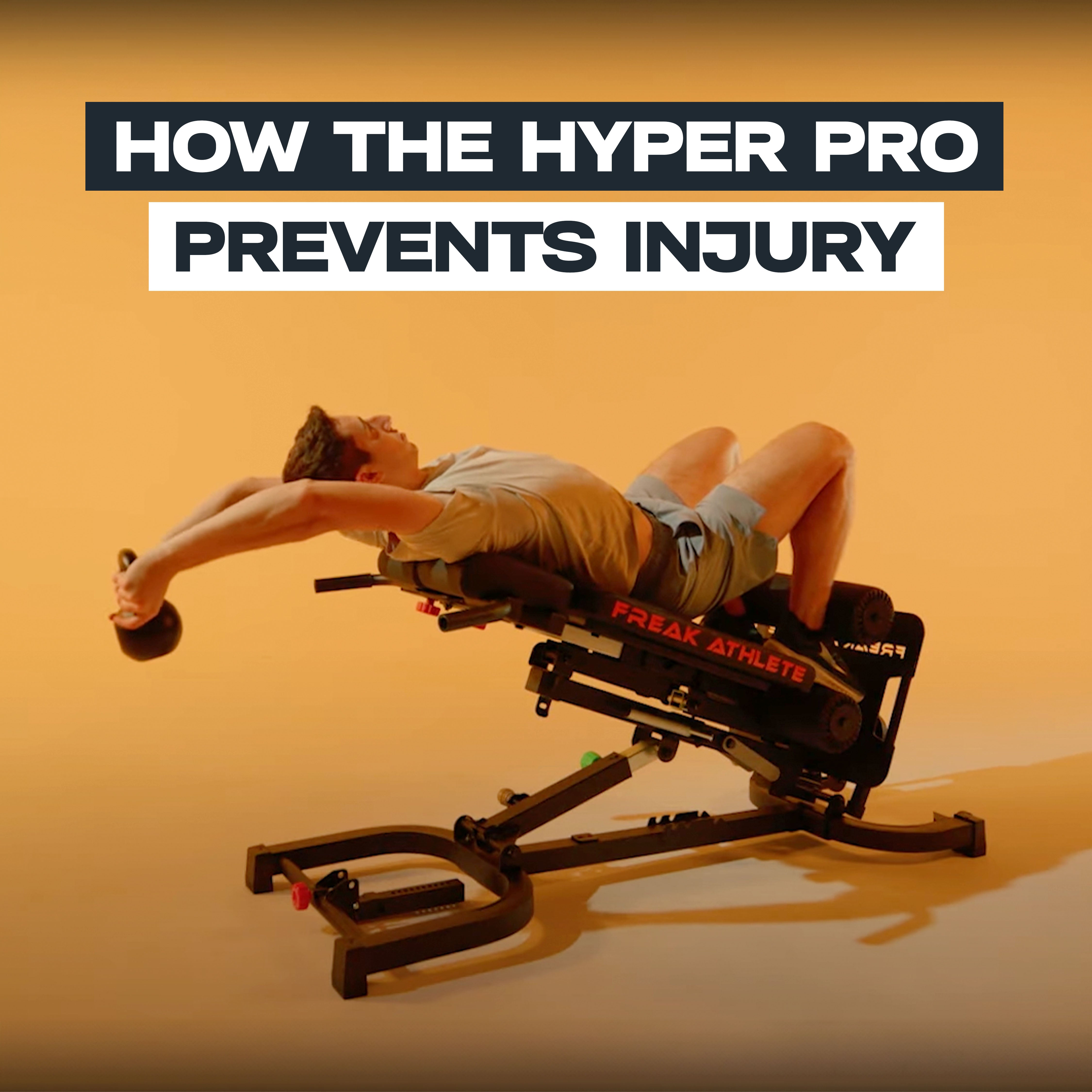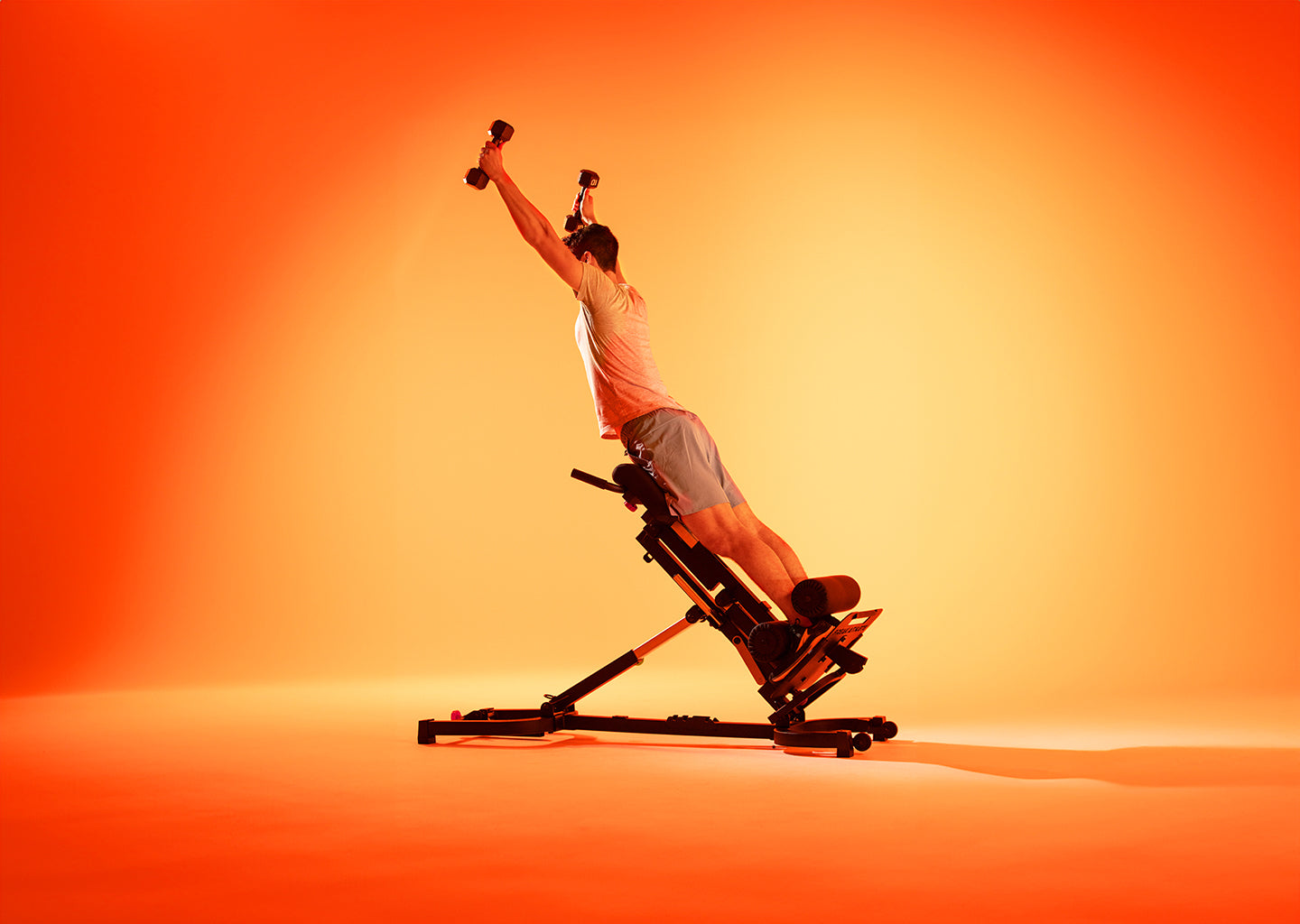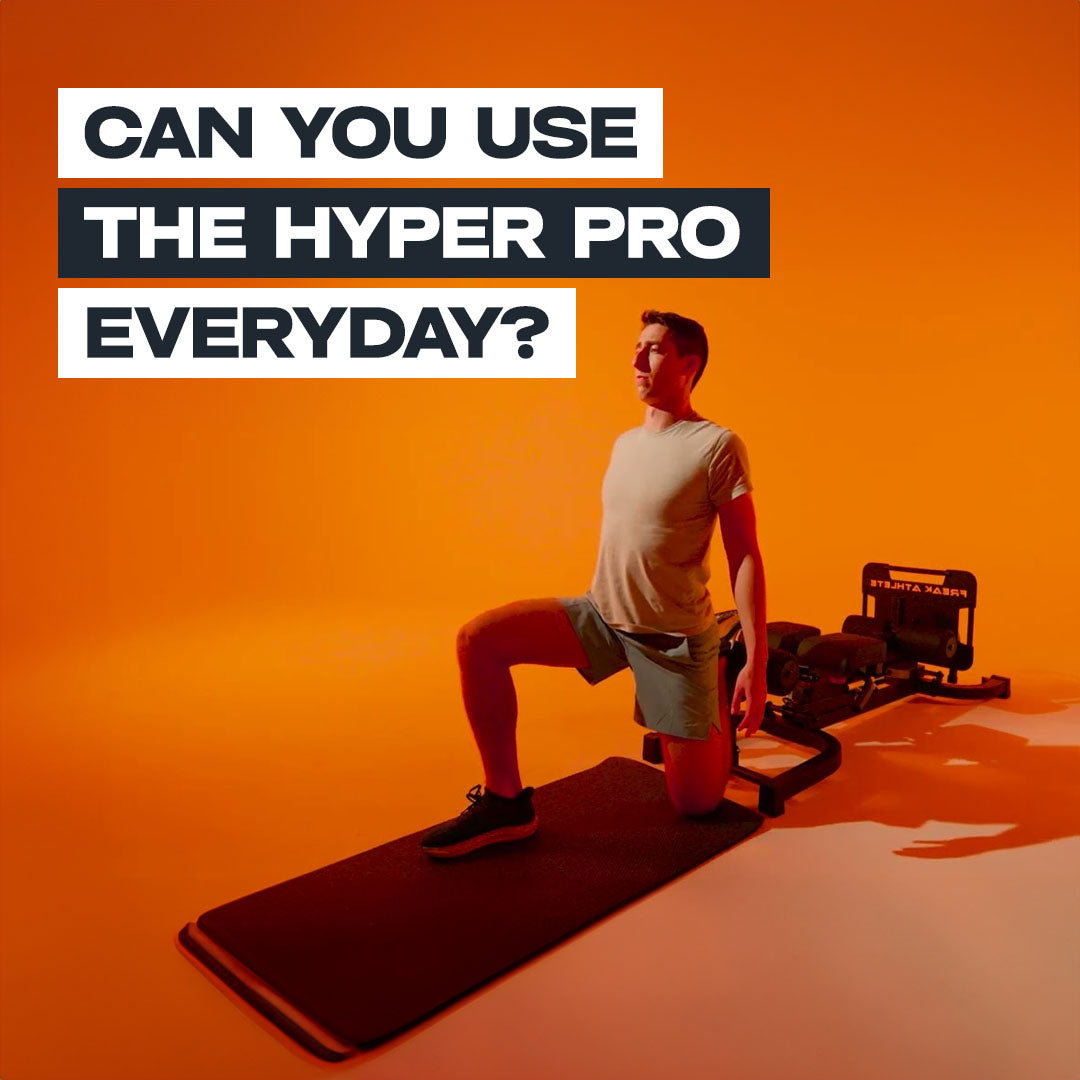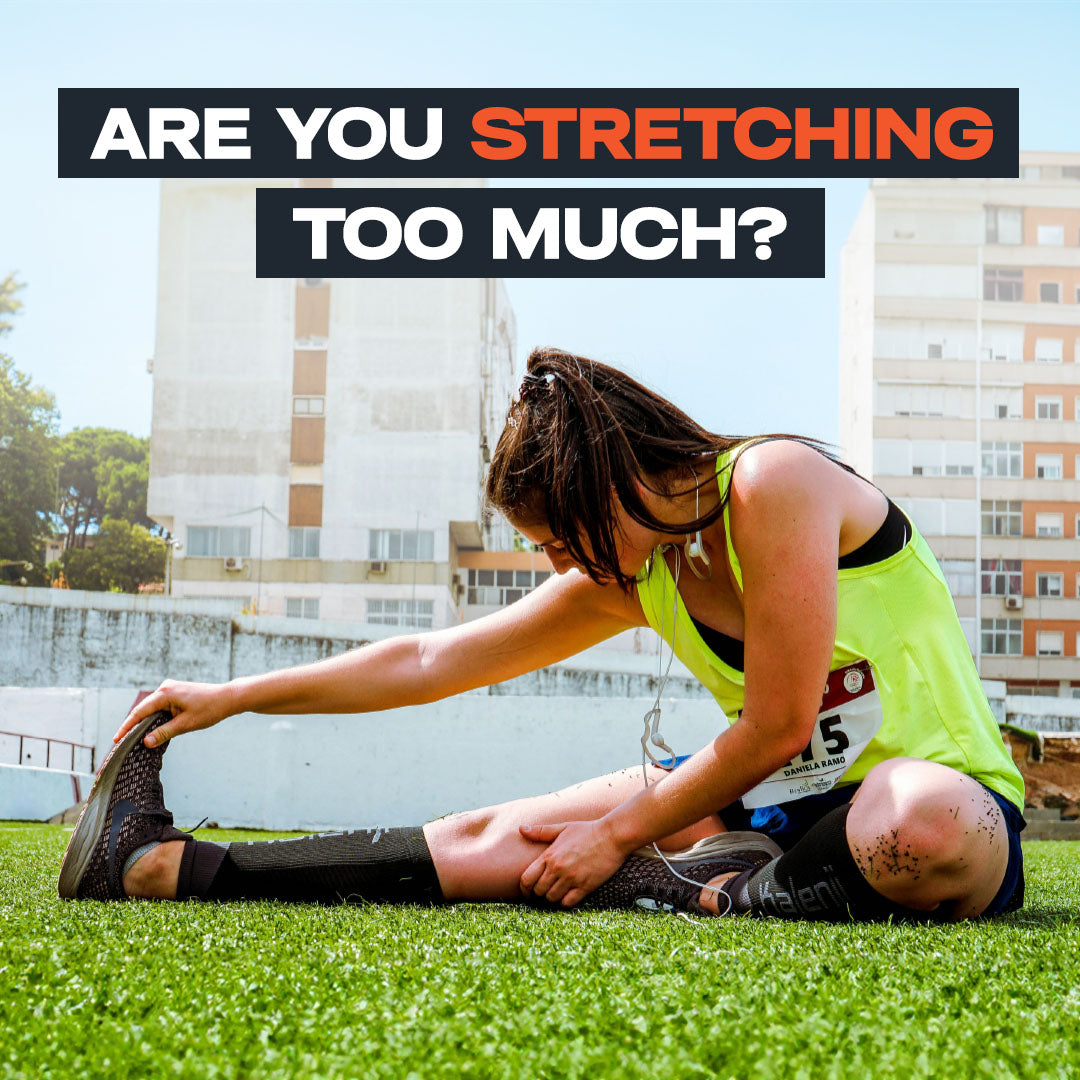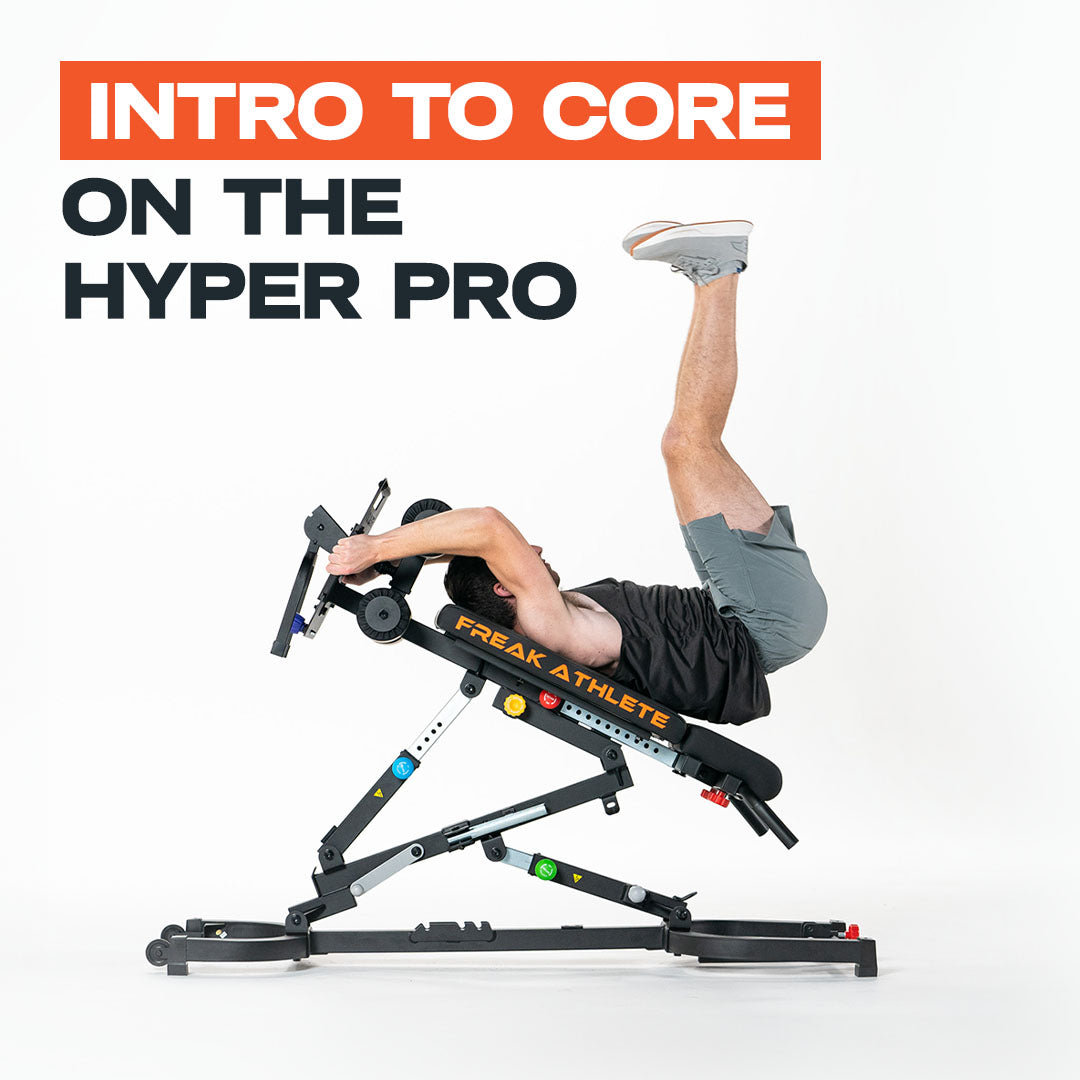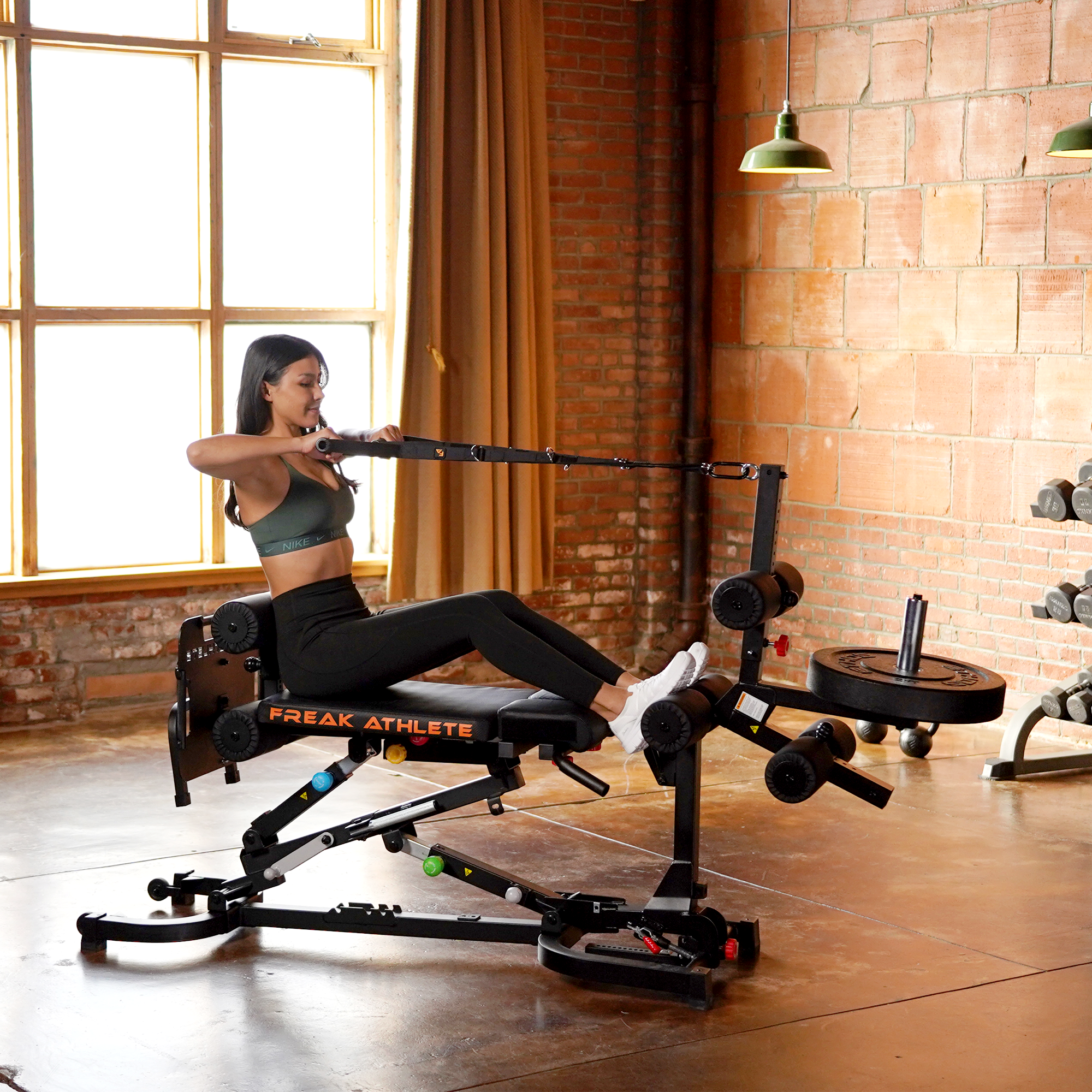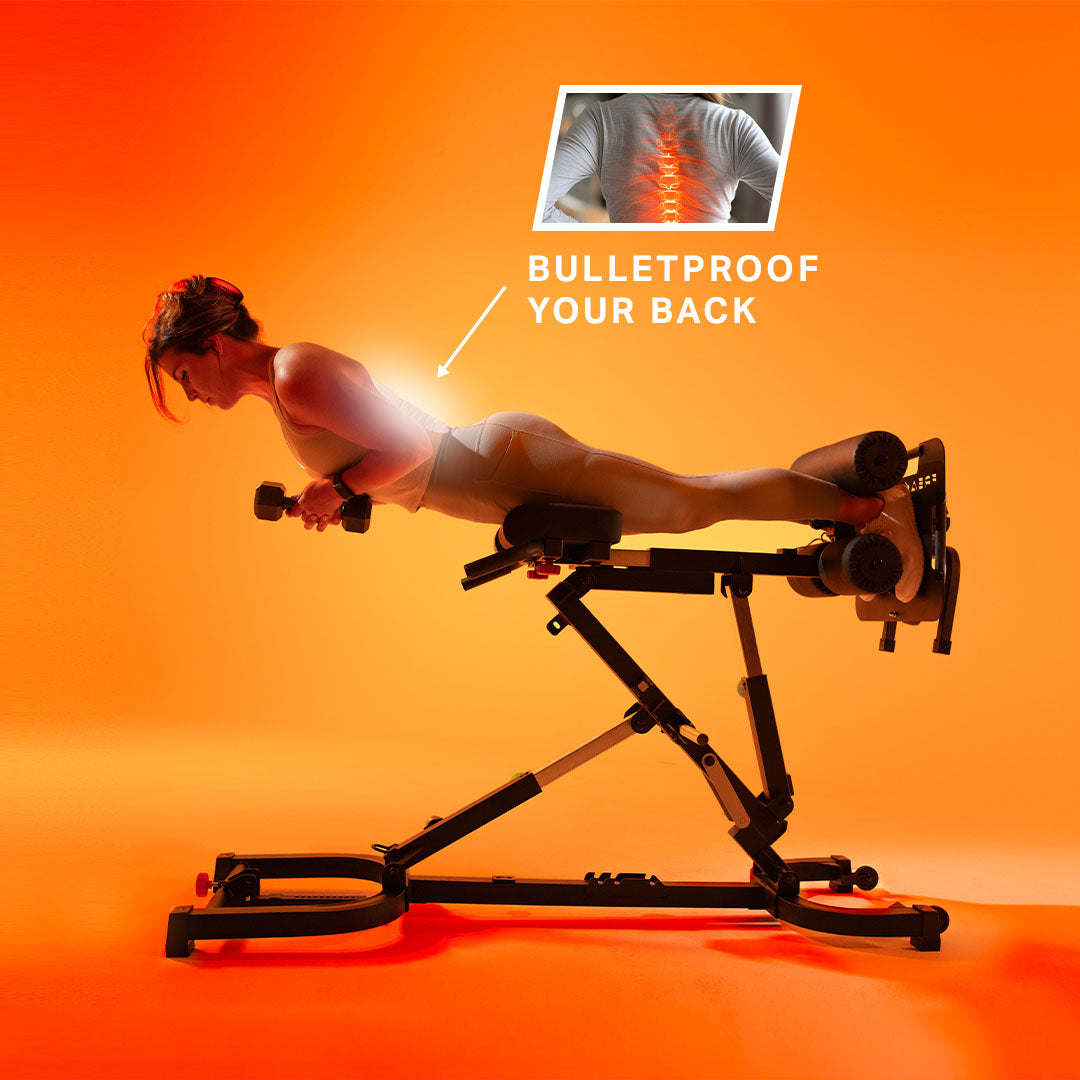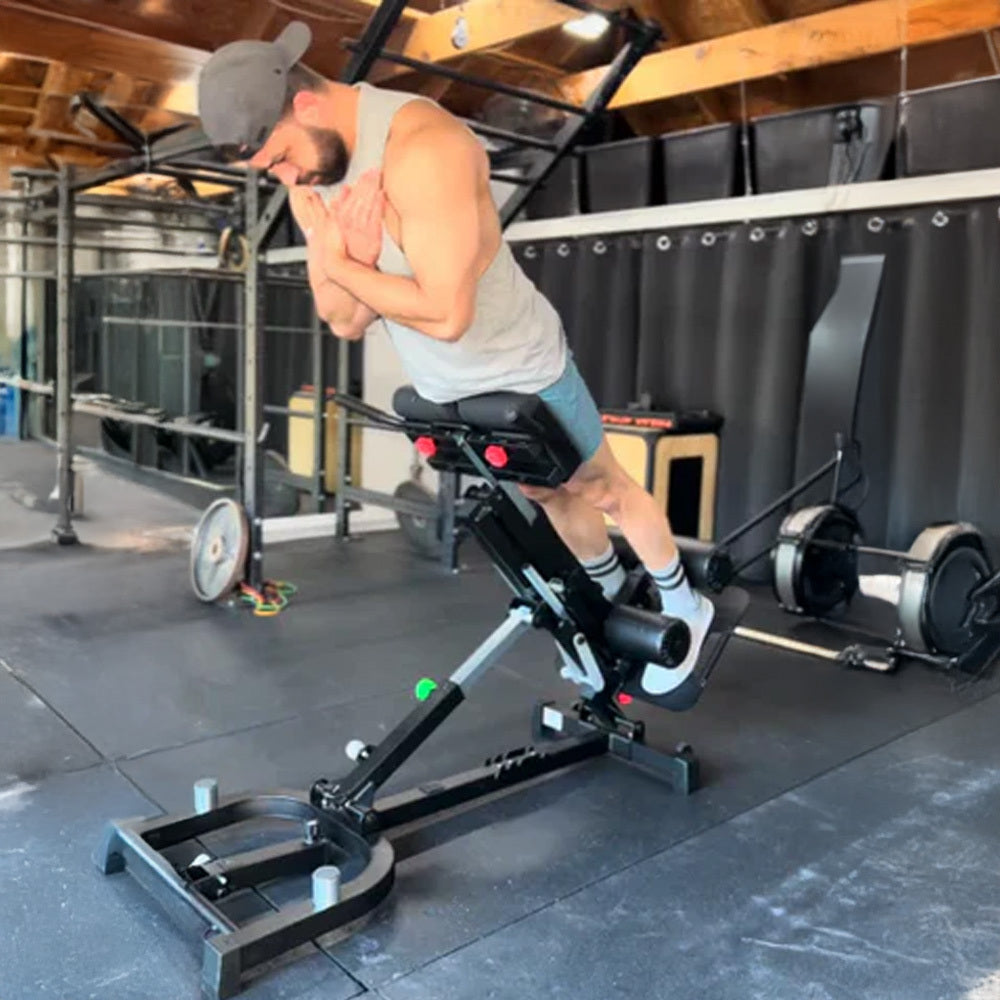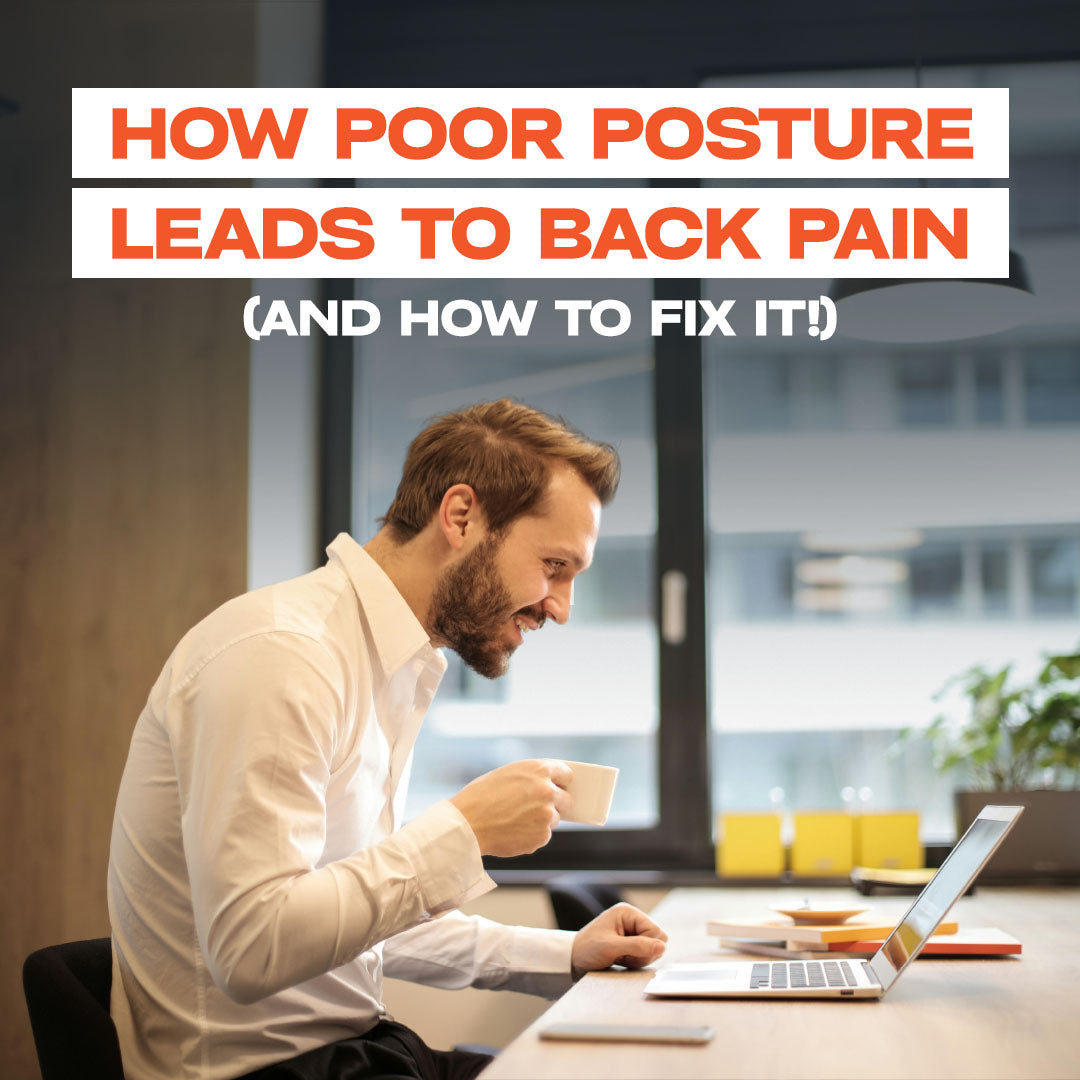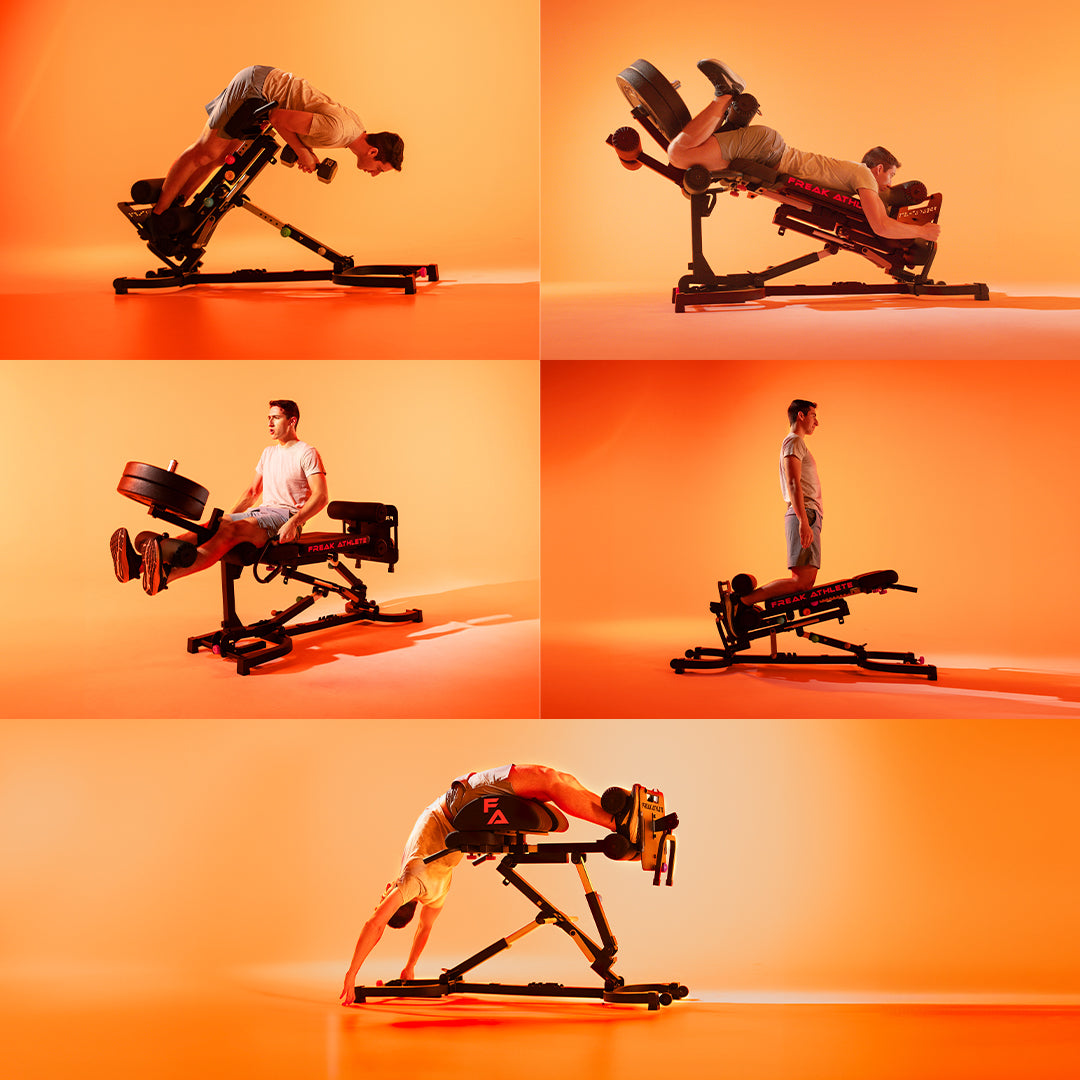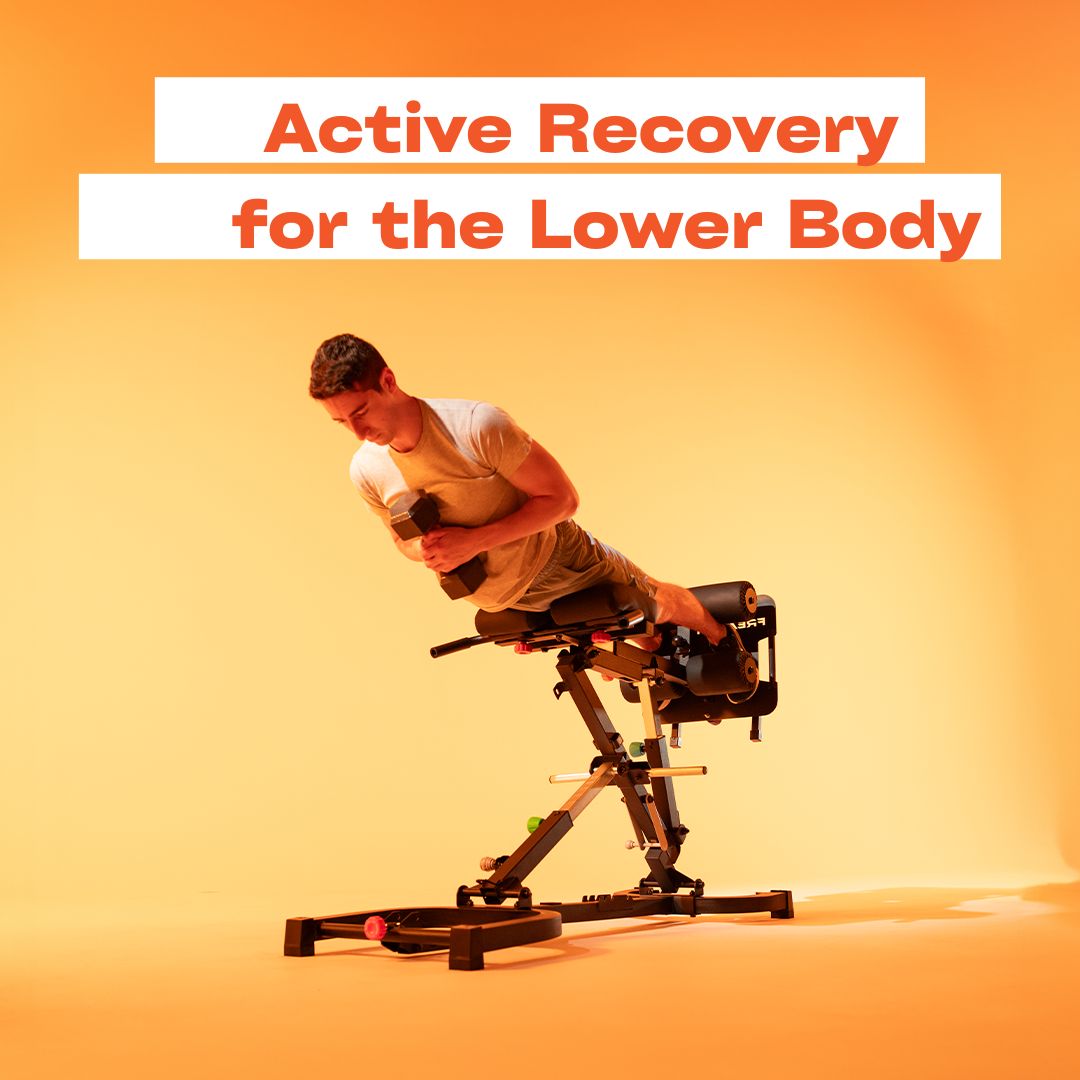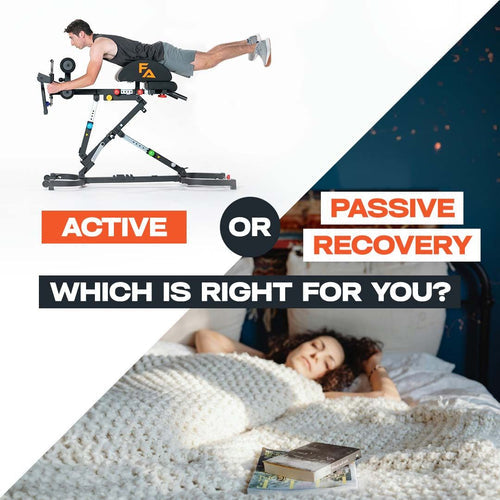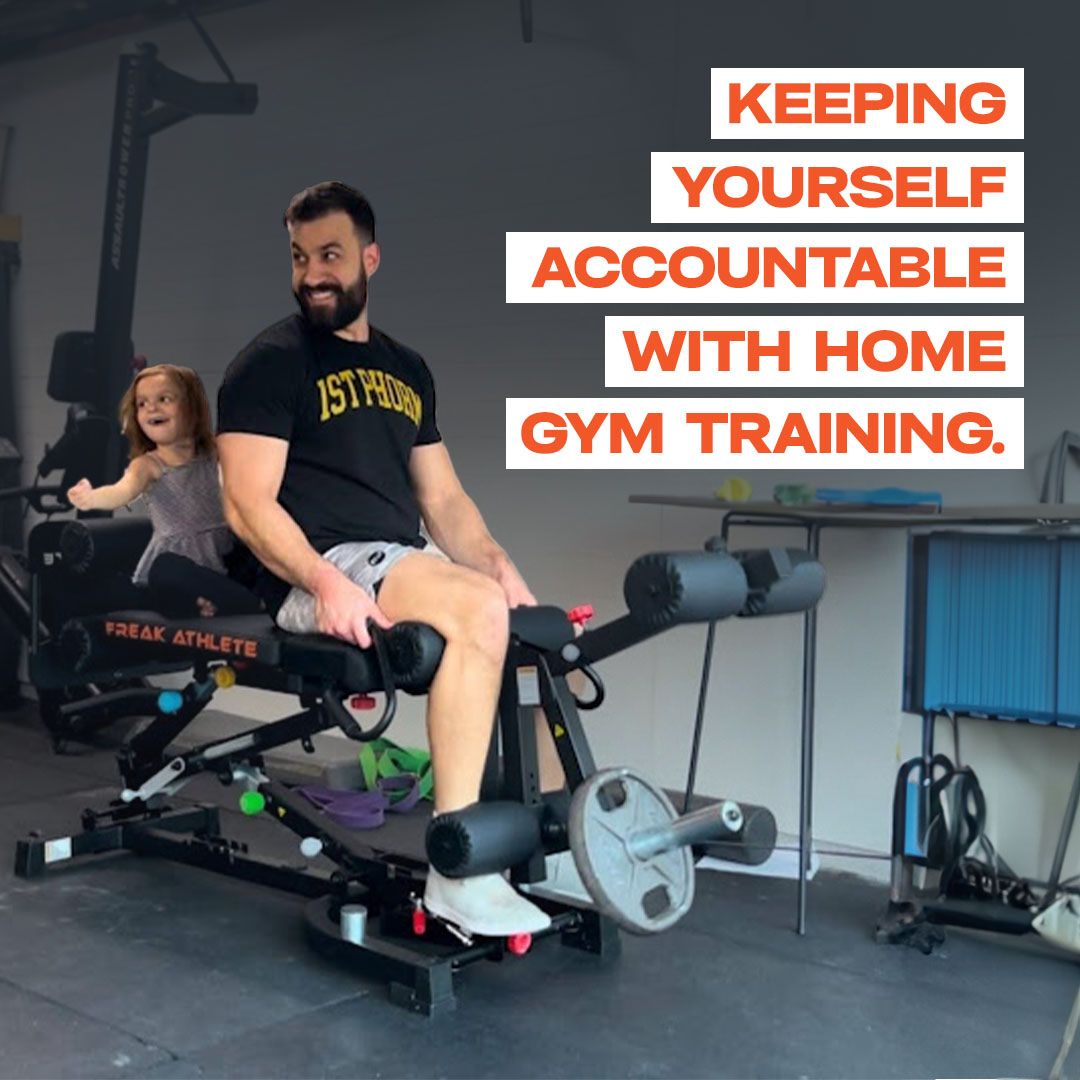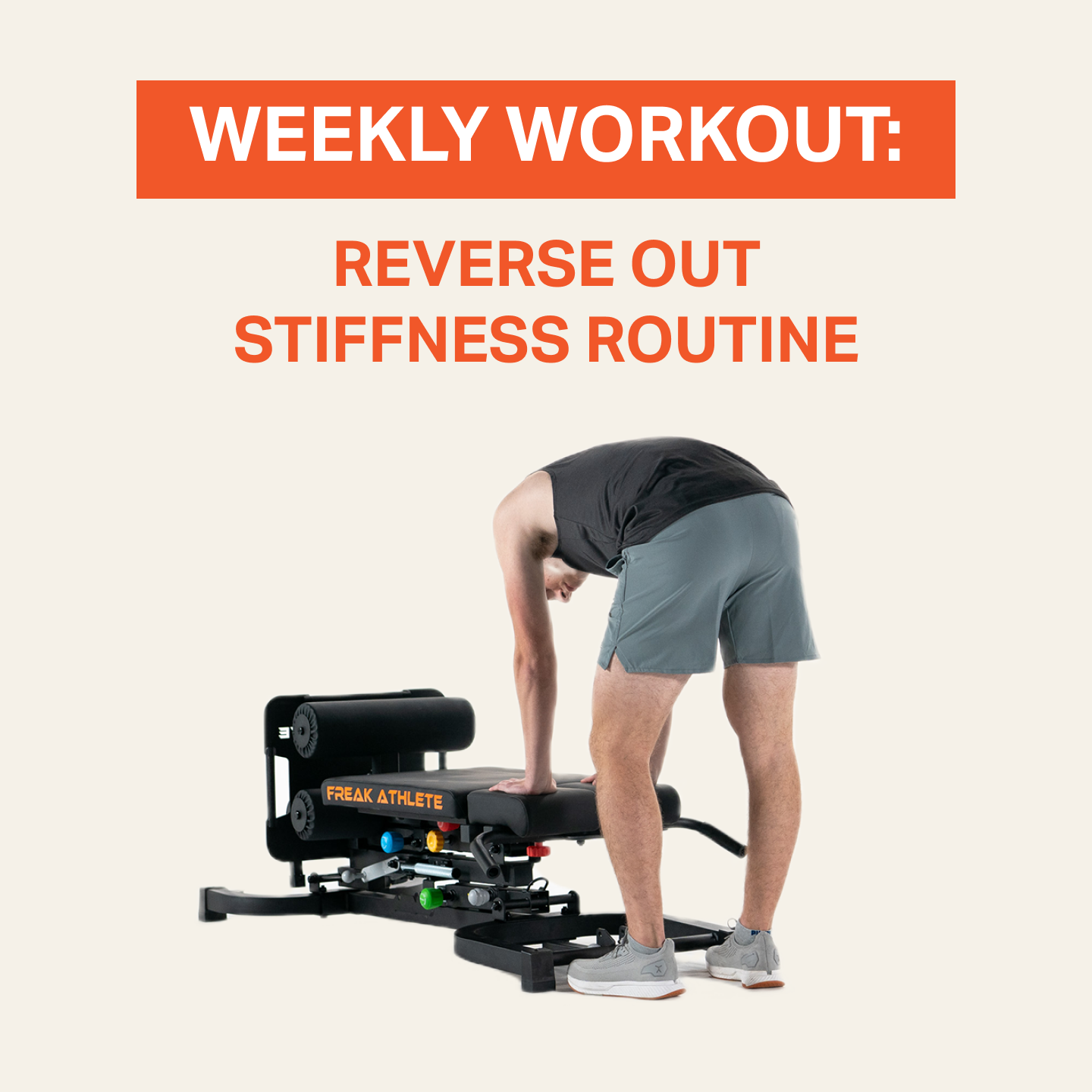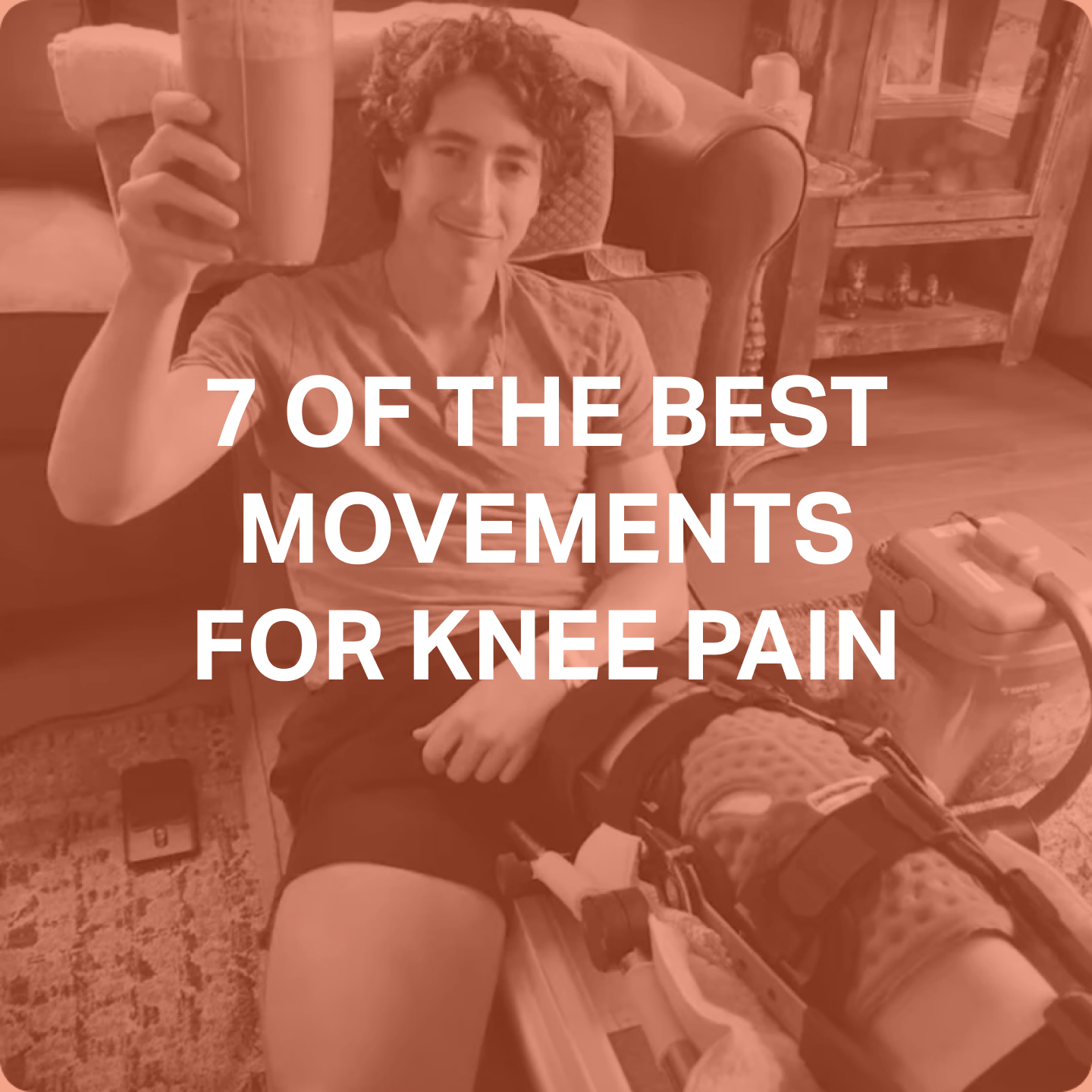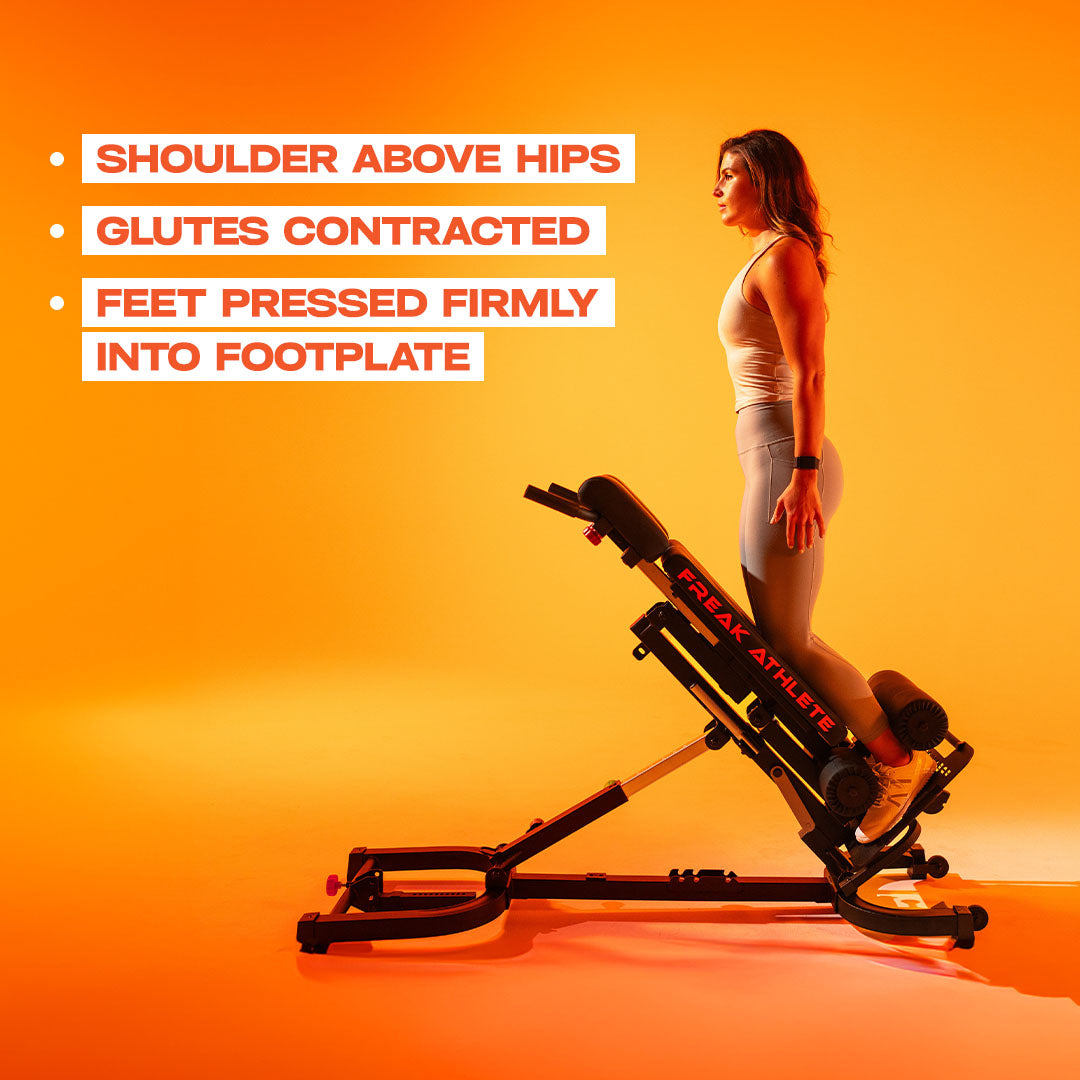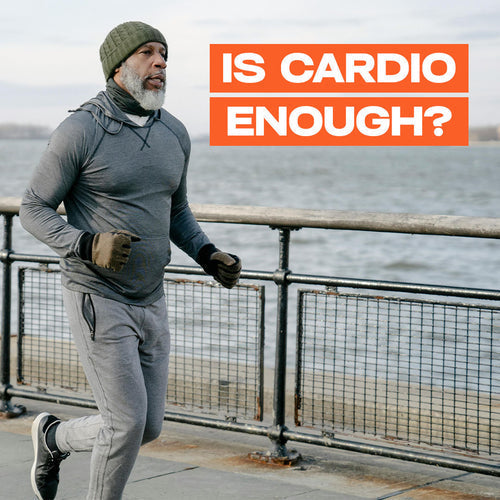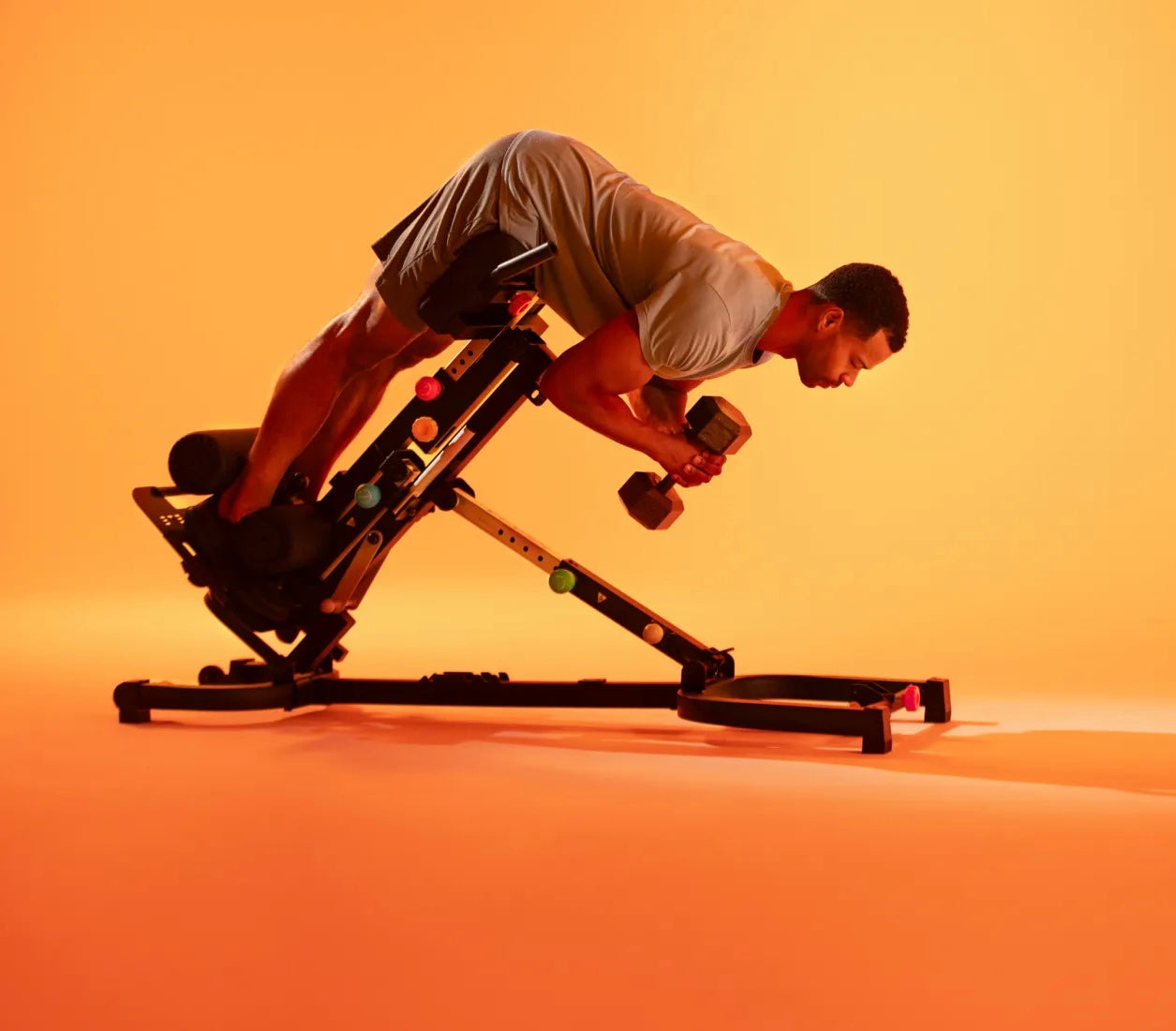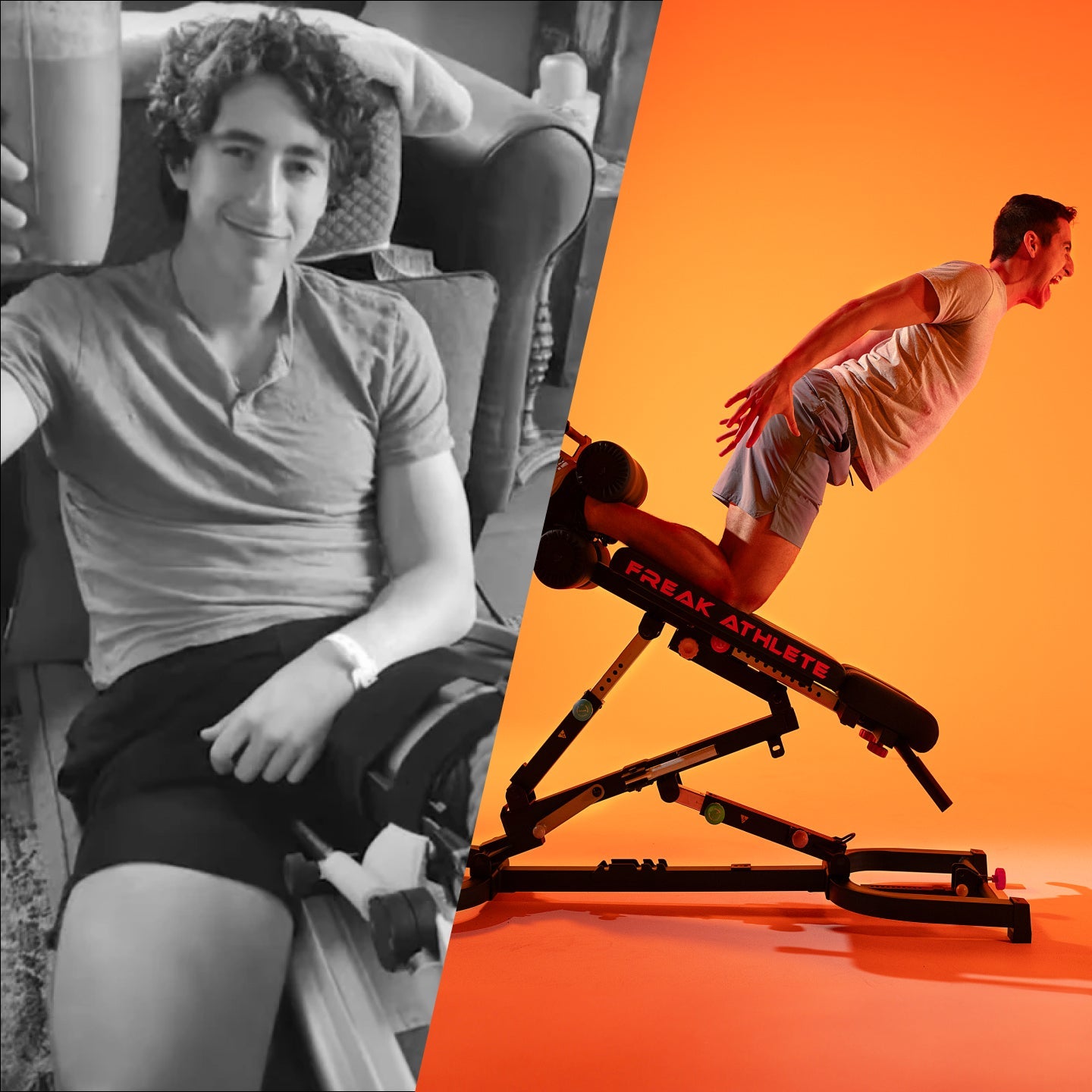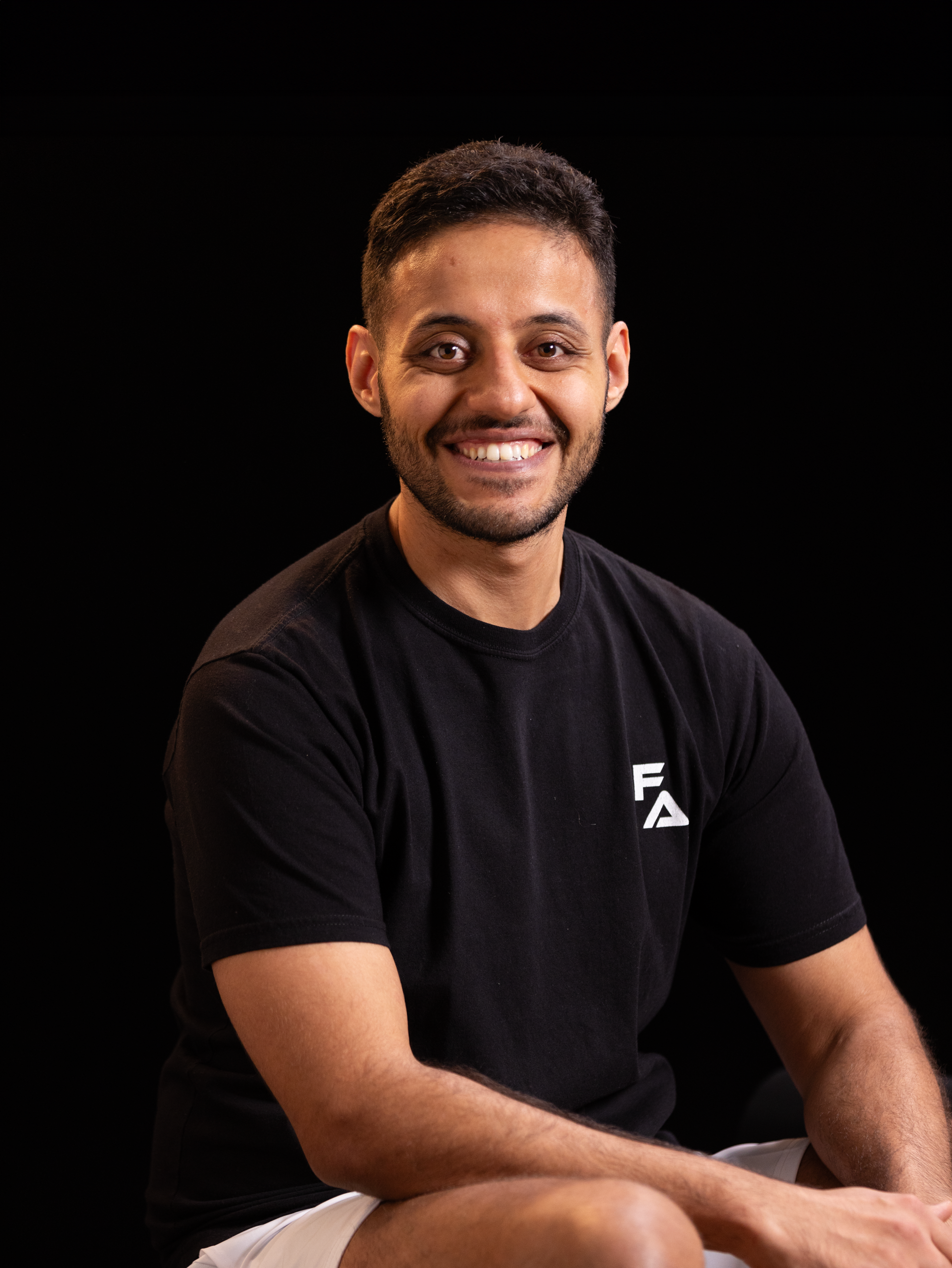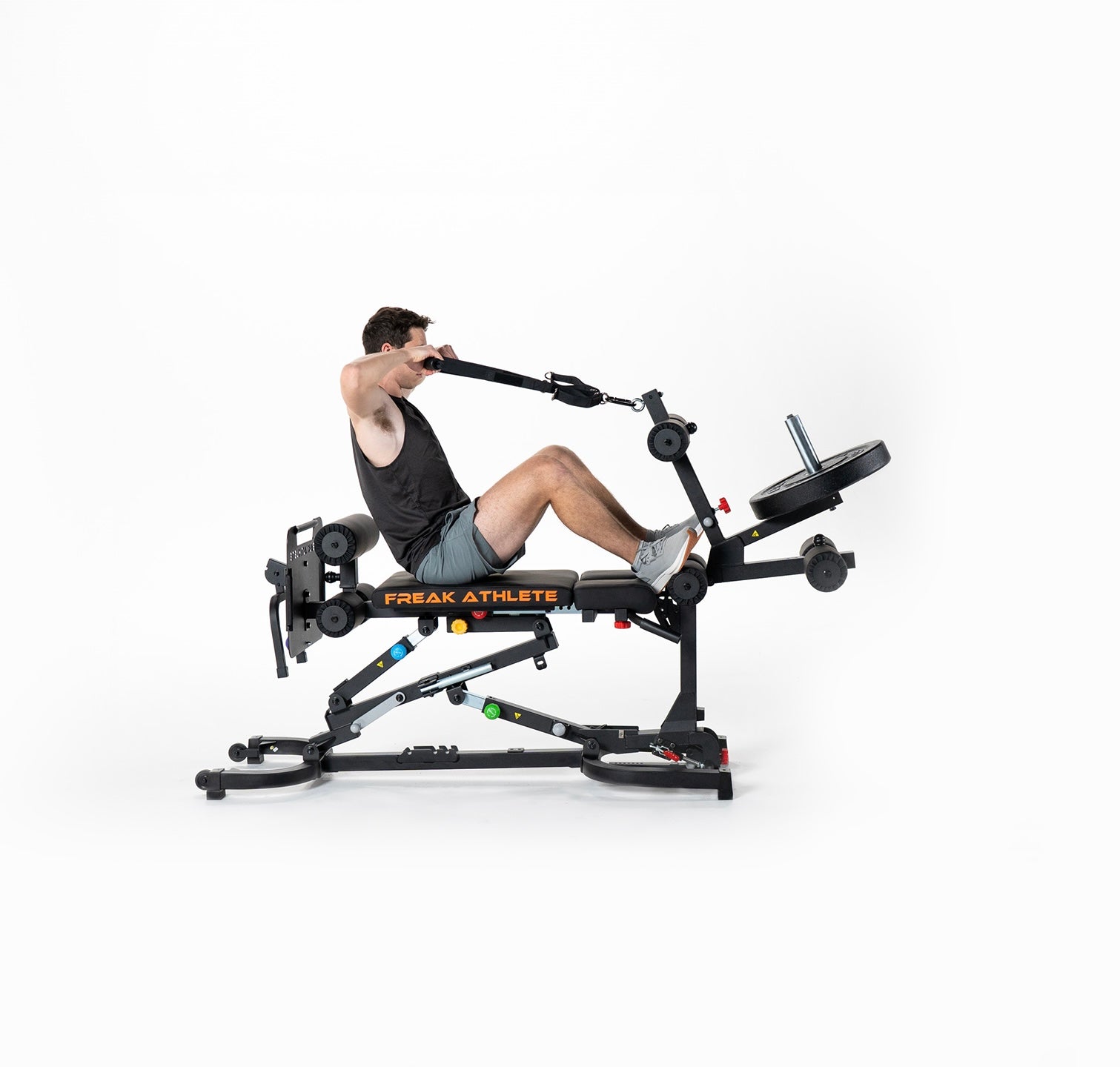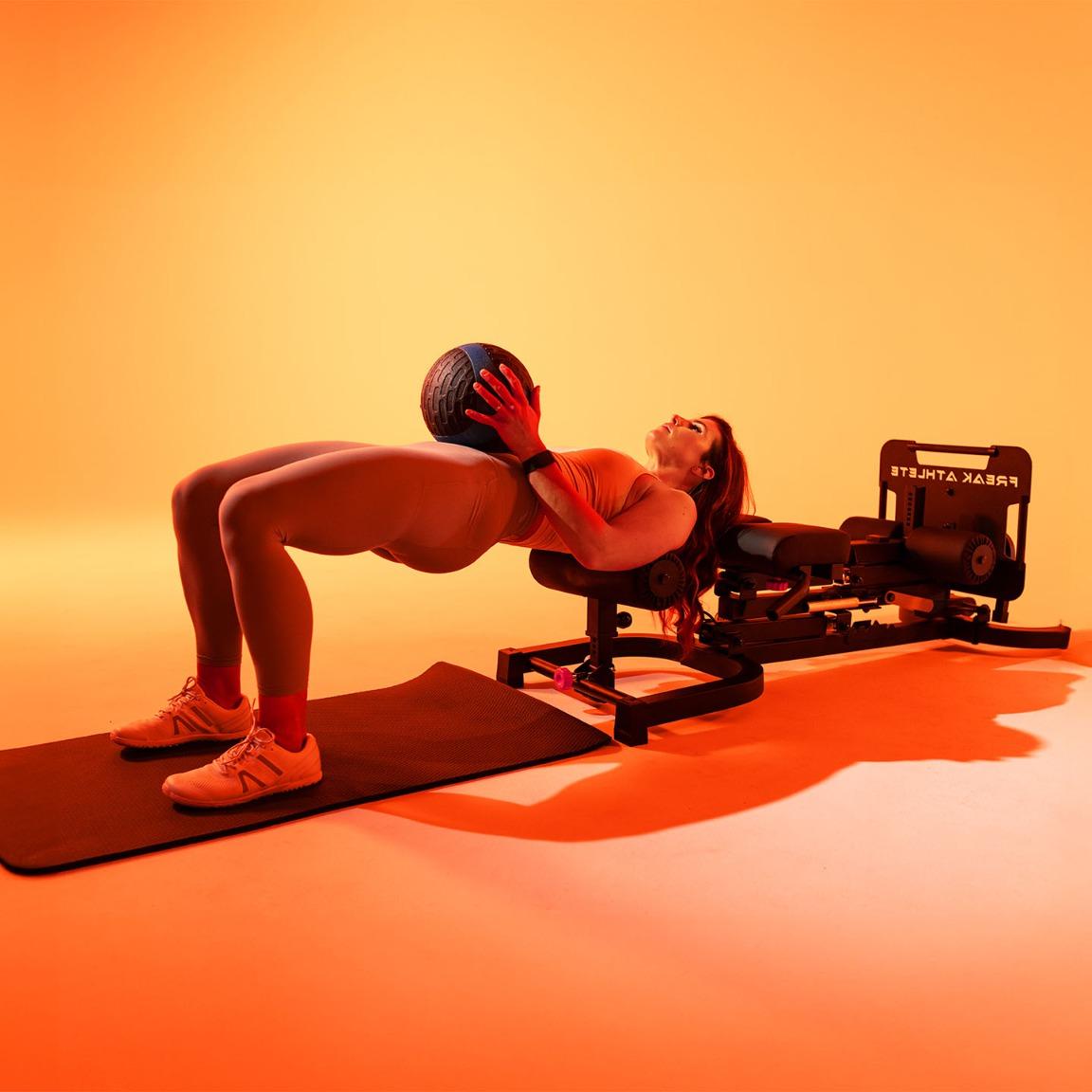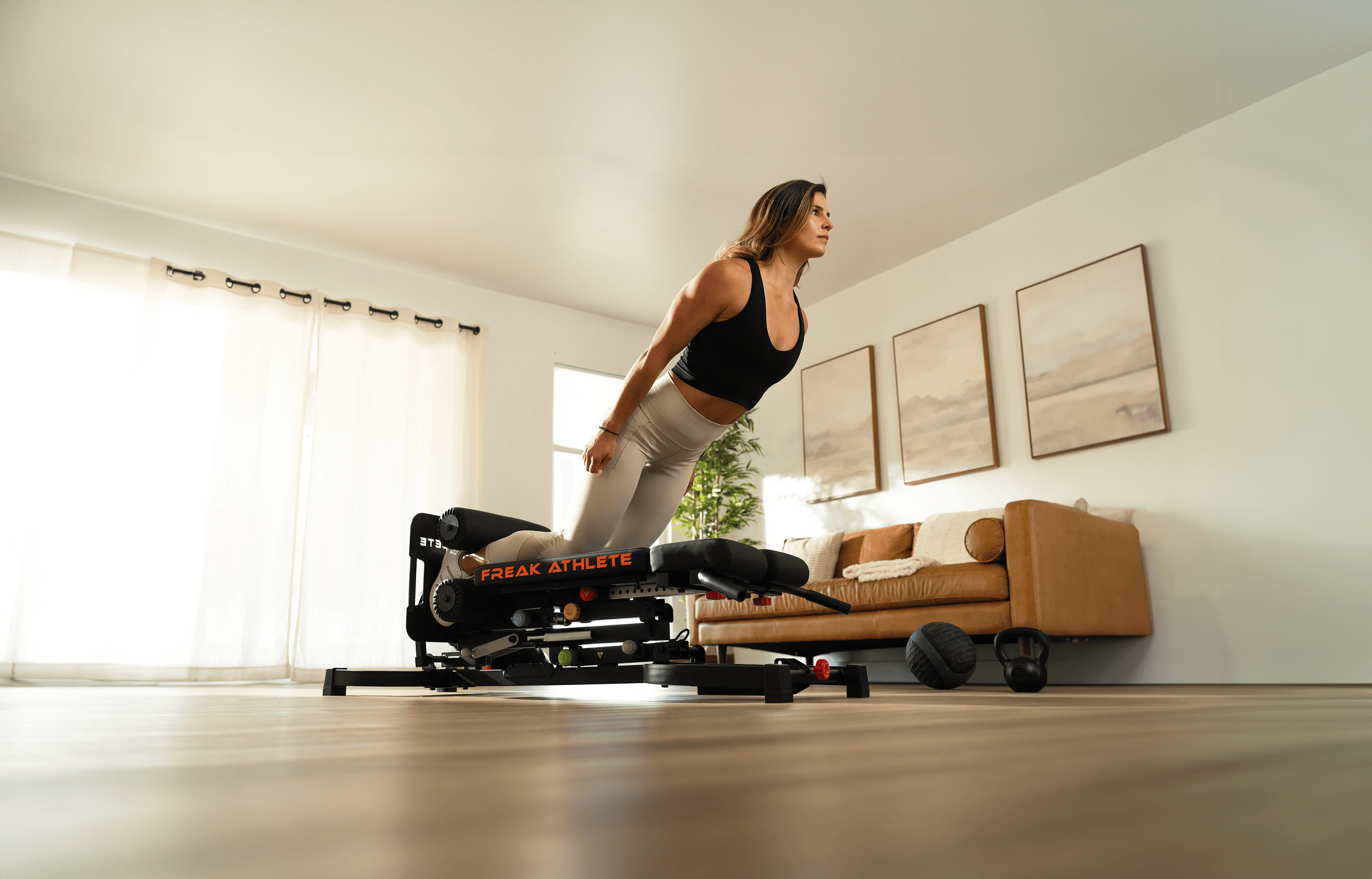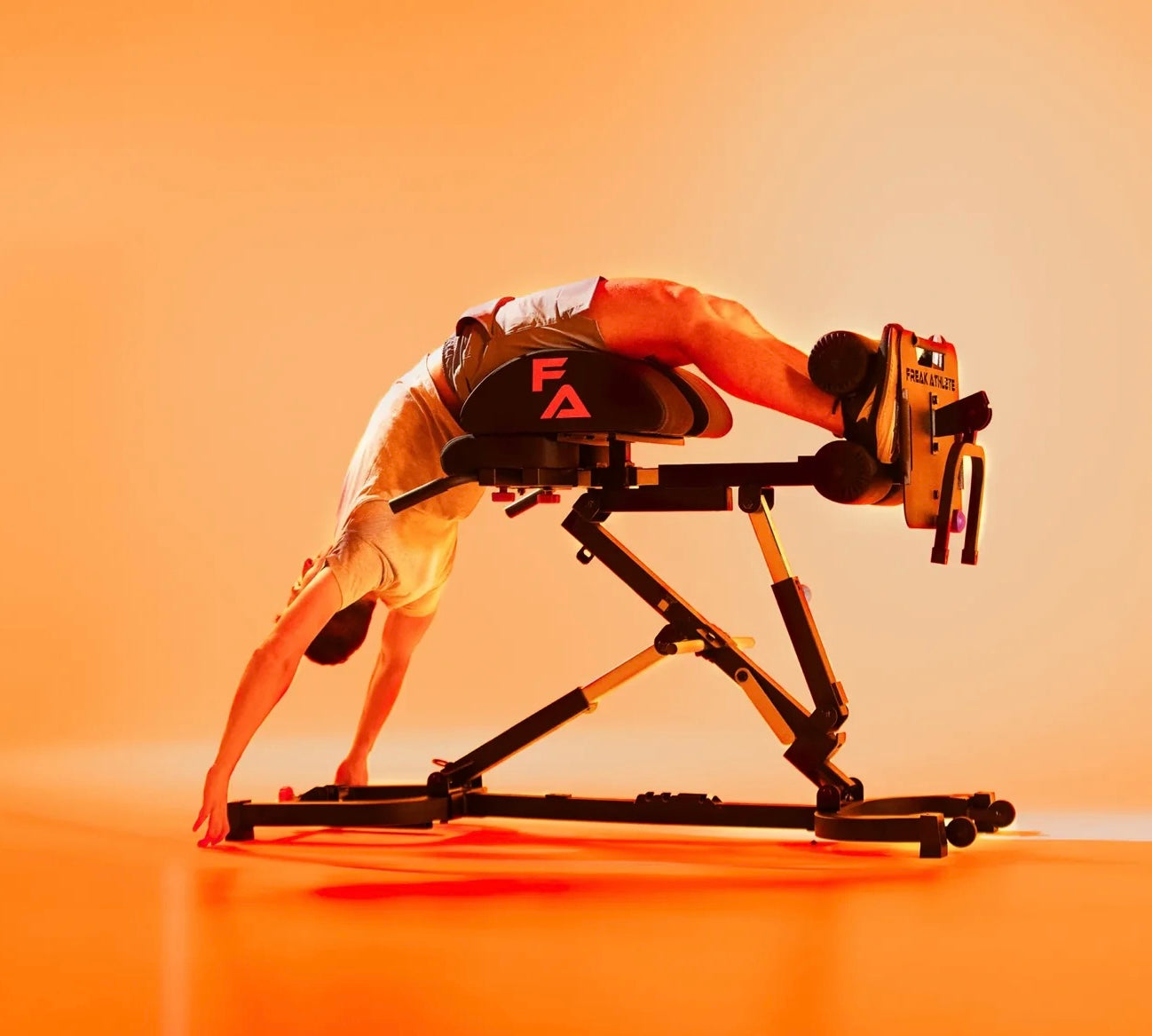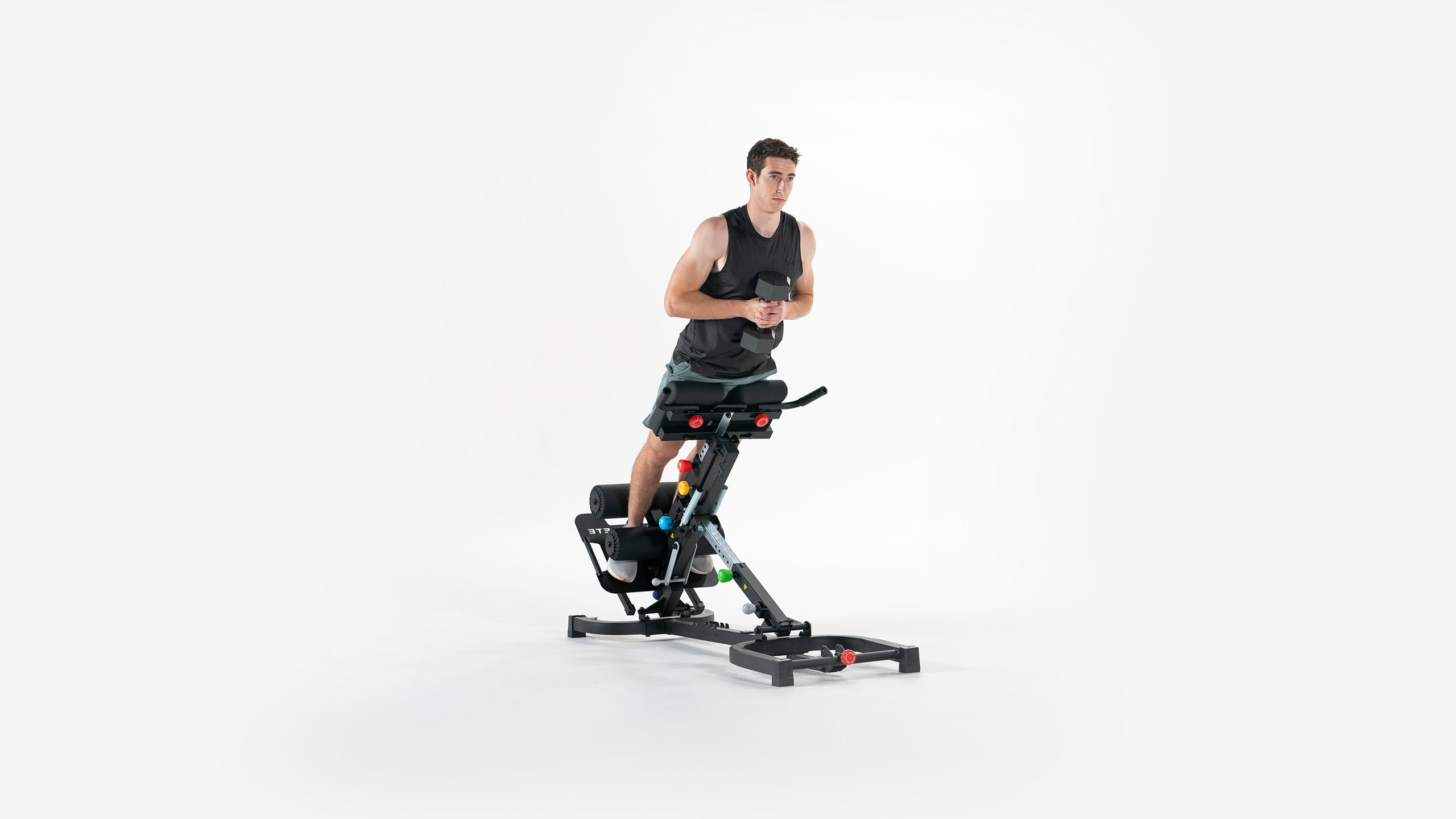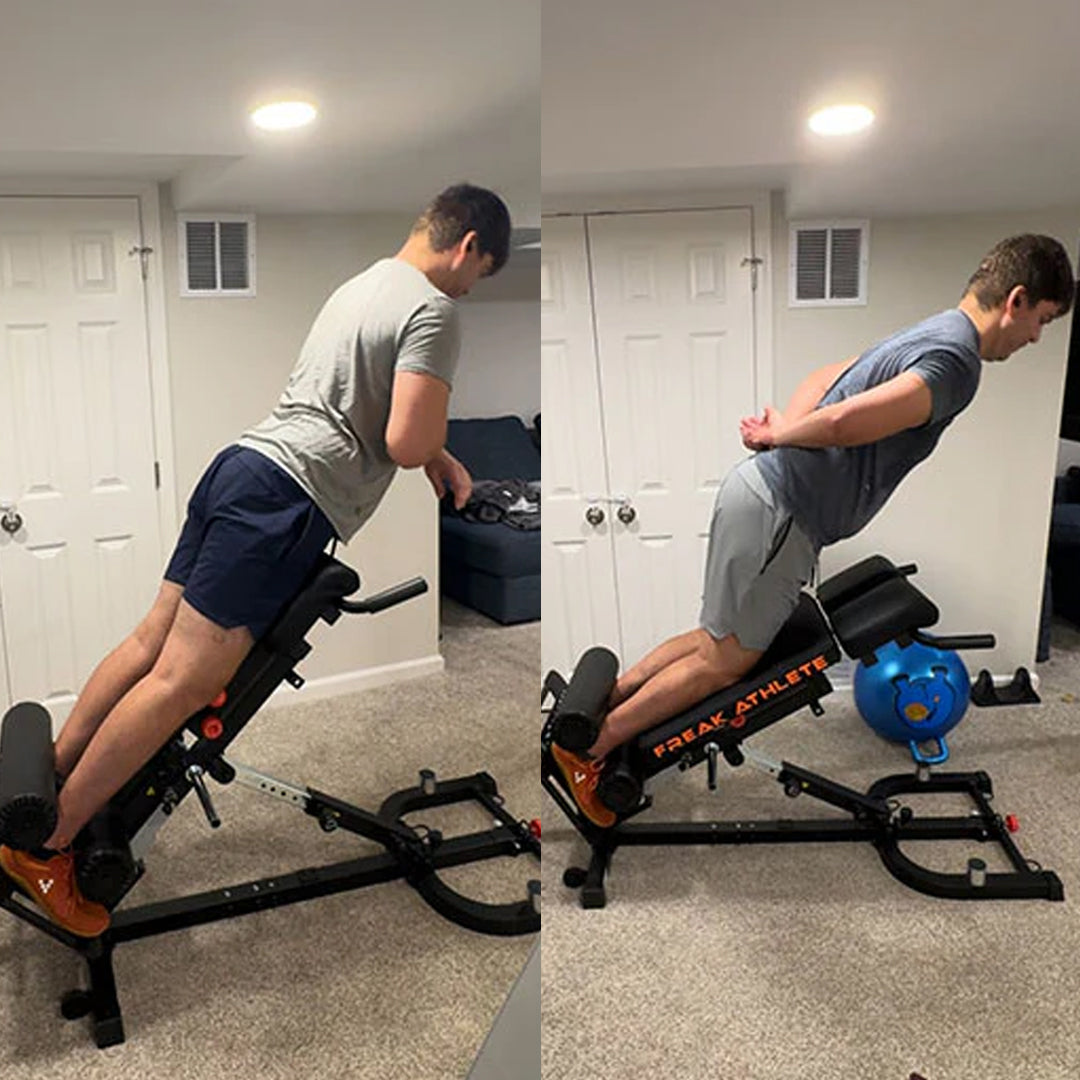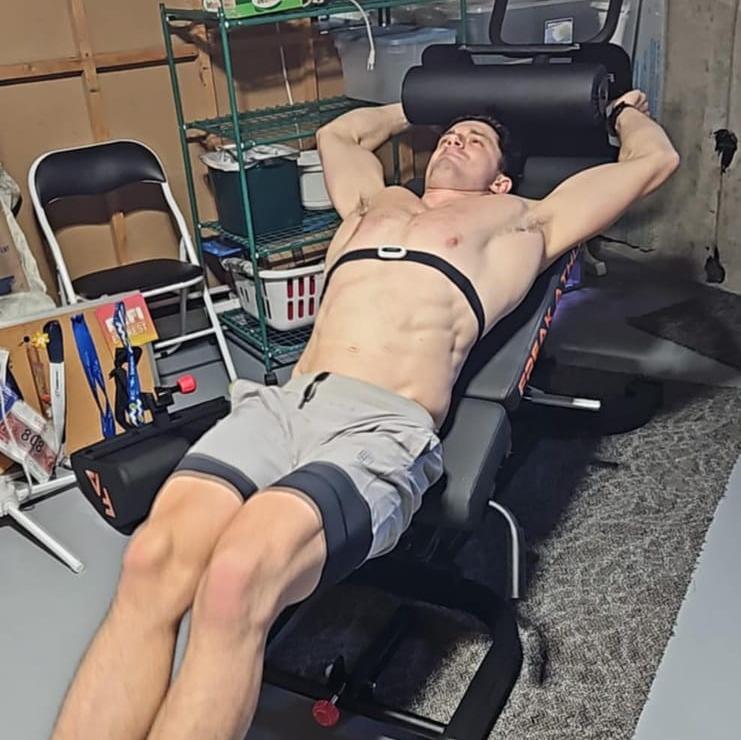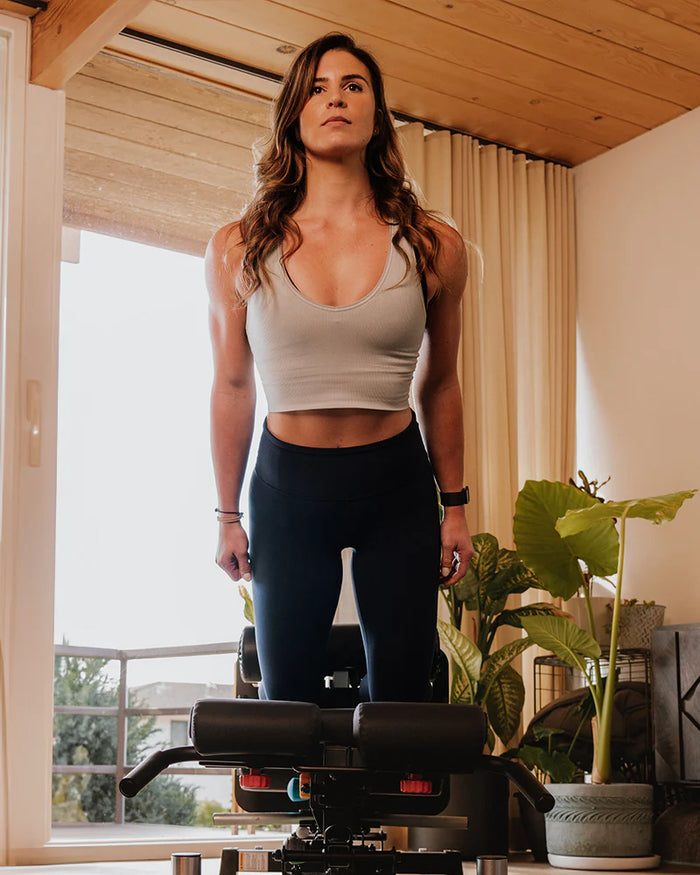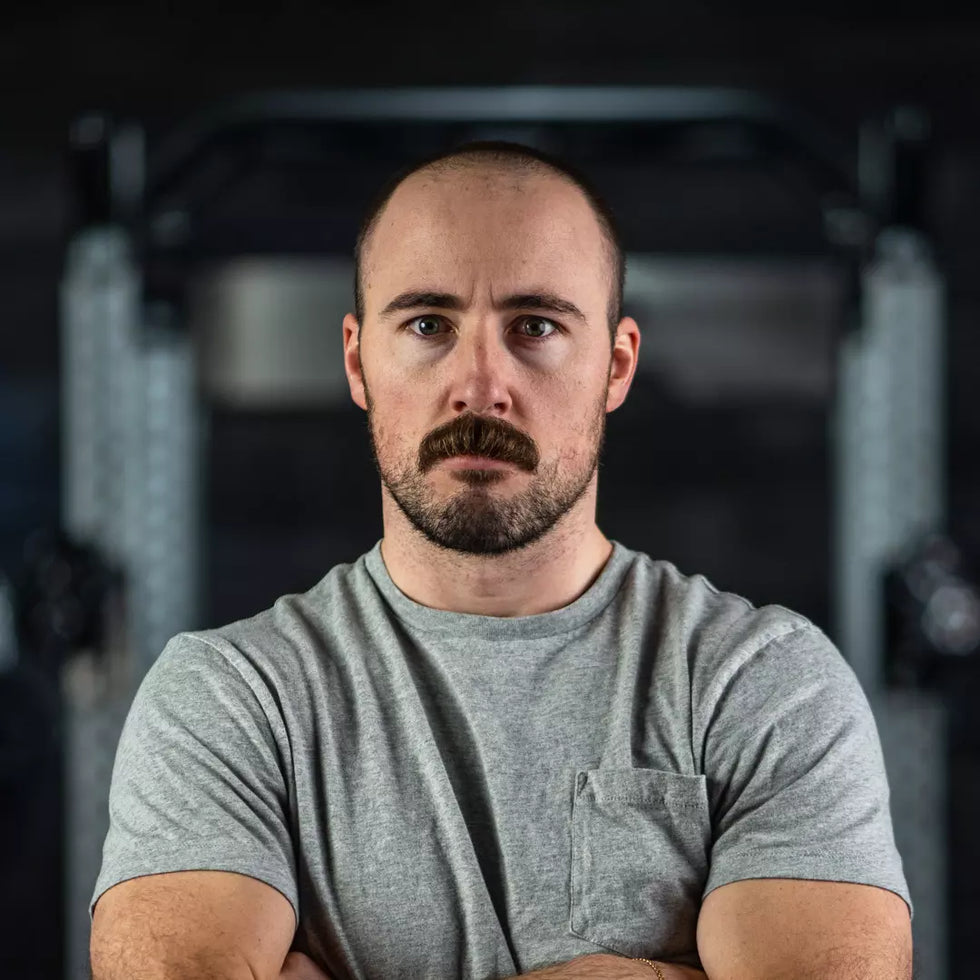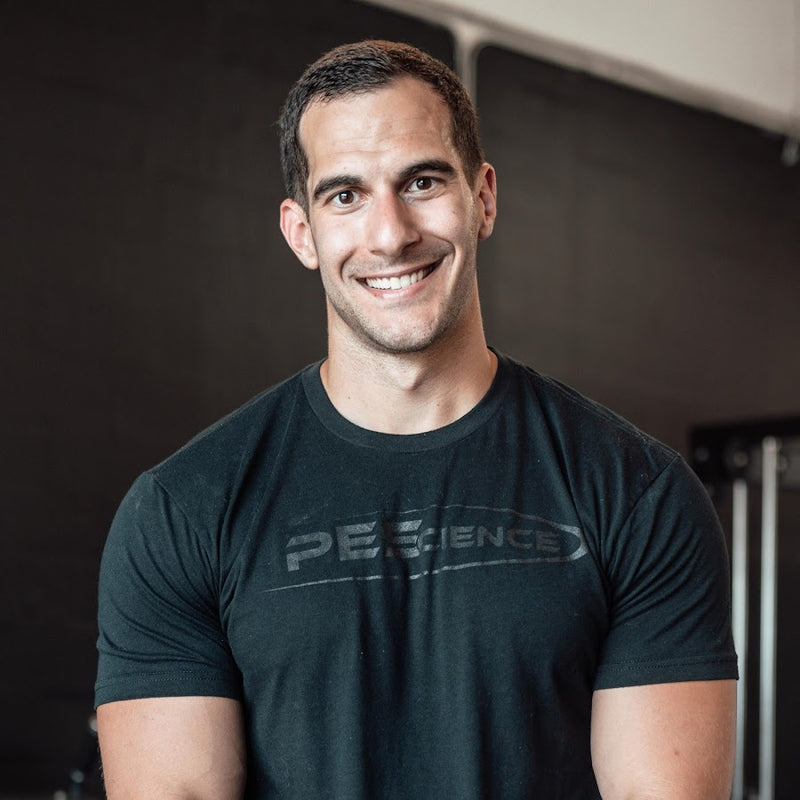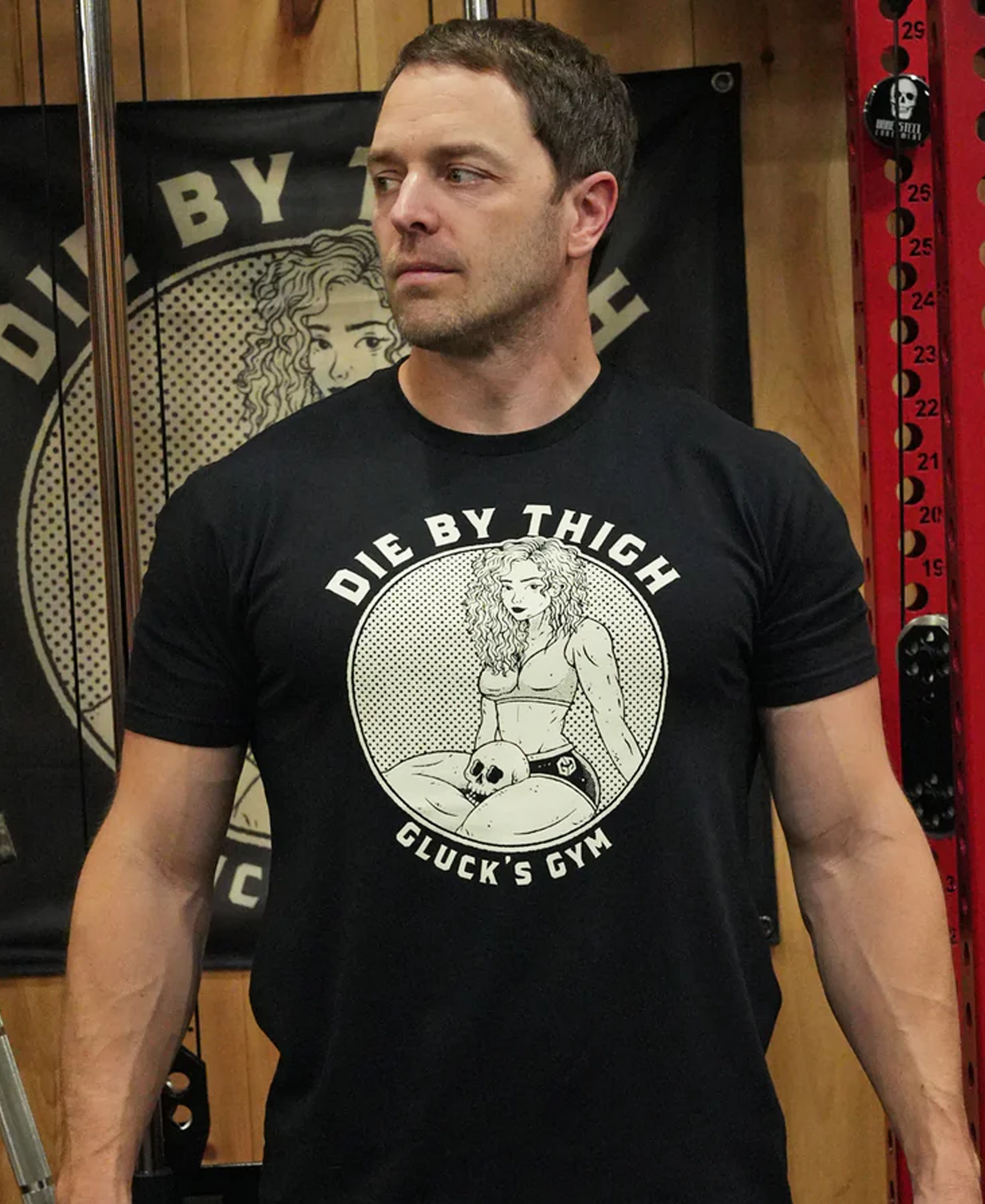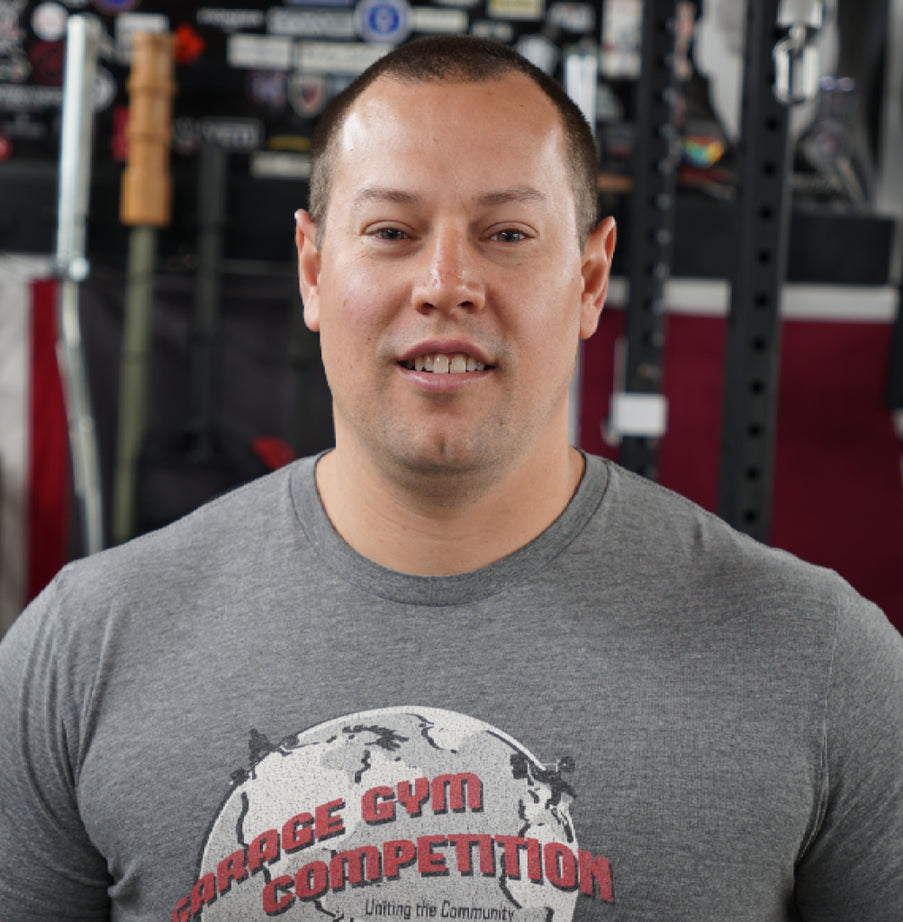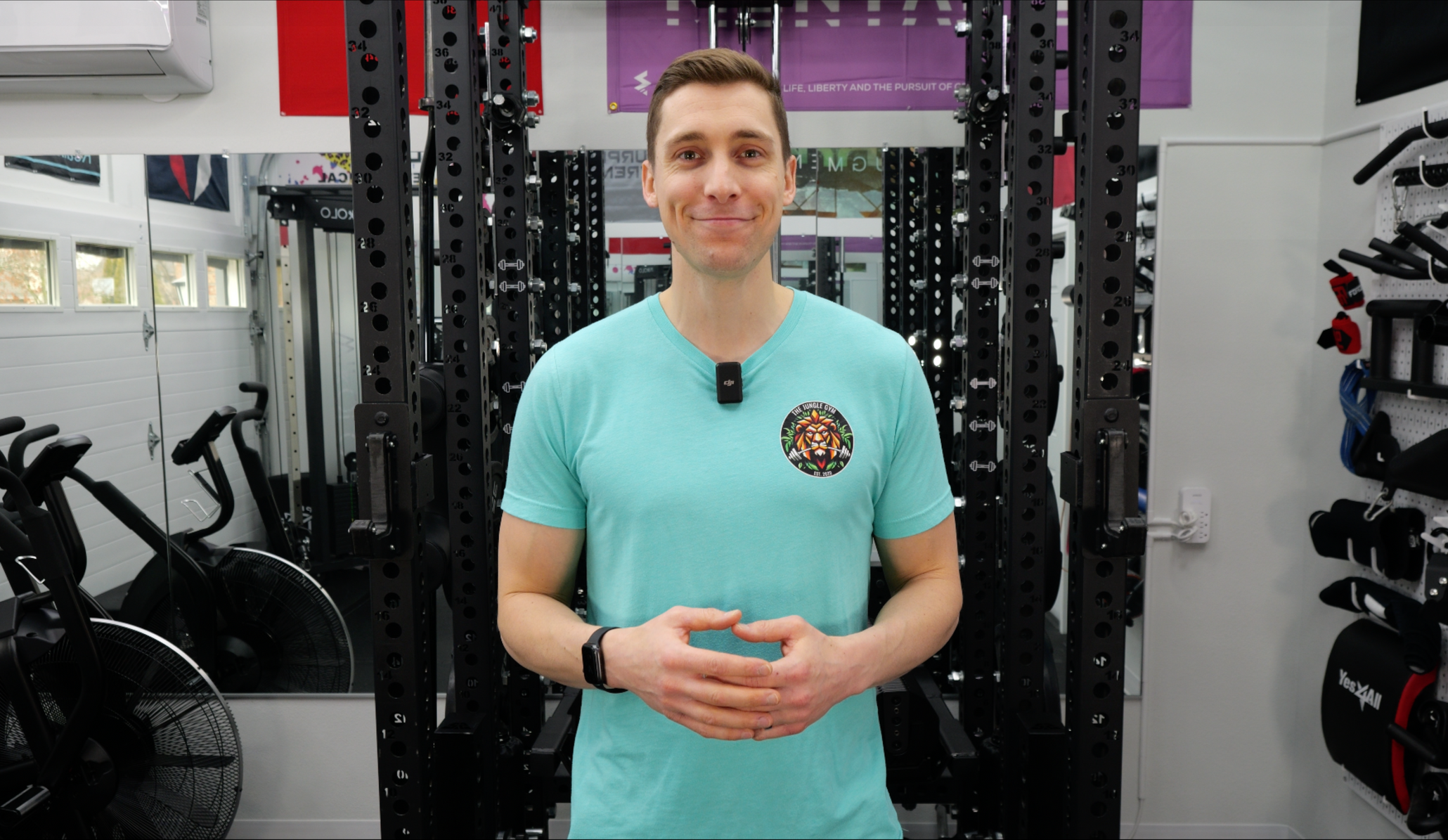PUBLISHED ON Oct, 23, 2025
Ryan has never had it easy. His journey has been shaped by pain, persistence, and the kind of quiet strength that refuses to give up.
His story began in the U.S. Army, where he served from 1997 to 2000. He wasn’t in combat, but as an Army cook, the work was physically brutal. Long shifts on hard concrete floors. Lifting 20-gallon vats of food. Constant motion in hard rubber-soled boots.
“I was always on my feet, lifting 15 to 20 gallons of whatever needed to be moved,” he said. “My body paid the price for it."

By the time he left the service, Ryan was already dealing with chronic pain in his back, feet, and hands. He was later deemed 50 percent disabled from his service.
But that was just the beginning.
The Moment Everything Changed
After the military, Ryan’s pain never went away. It drove him down a dark path. He began using drugs to cope. On his 31st birthday, it nearly killed him.
“I overdosed and was pronounced dead in a Portland hospital,” he said. “Waking up next to a body bag was something I’ll never forget. That was the moment I knew I needed to change.”

He left Oregon. Moved to Florida. And detoxed on his own, without a rehab center.
“That’s just my nature. I’ve always done things the hard way.”
Just as life was stabilizing, he was hit again. At 36, Ryan was diagnosed with epilepsy. No head trauma. No family history. No warning.
“One day it just started. No one knew why.”
Choosing Movement Over Fear
Despite the diagnosis, Ryan refused to stand still. He ran four half-marathons. Took up CrossFit. Trained however he could, even when seizures made it dangerous.

“I didn’t realize how risky it was to throw a barbell overhead when you’re epileptic,” he said, laughing. “But I just wanted to keep moving.”
Eventually, the seizures worsened. Driving became impossible. But Ryan kept searching for ways to train safely and stay strong—especially for his son.
“I never thought I’d have a kid after the epilepsy diagnosis. But I do. And I want to be the dad who can still wrestle with him and keep up.”

Finding a Safer Way to Train
That’s when Ryan found the Hyper Pro. It was everything he needed.
-
Low to the ground
-
Posterior chain focused
- Safe for solo training, even with seizures
“If I have a seizure, I’m already close to the floor. That gives me peace of mind. I’m not dropping a barbell. I’m just safely on the ground.”

Ryan trains with the Hyper Pro daily. His routine includes:
- Reverse hypers
- Glute-ham raises
- Belt squats
-
Elevated push-ups
And he’s made it his own. Swapping plates for sandbag kettlebells and bands. Modifying movements to fit his body and condition.
“The reverse hypers have done wonders for my back. Glute-ham work helps my feet and legs. It’s given me something I didn’t have for years—a way to feel capable again.”

Beyond Fitness: A Bigger Mission
For Ryan, training is only part of the story. The rest is about visibility and advocacy.
“One in ten people will have a seizure in their lifetime. One in twenty will develop epilepsy. But most people have no idea how common it is.”
He also speaks up about how people with disabilities are treated.
“We’re still people. We just have different challenges. A lot of us just want to live normal lives and make our own decisions.”
In 2020, Ryan underwent brain surgery. He spent 45 days in the hospital, alone, at the peak of COVID. It was one more trial in a life full of them. But even then, he never stopped pushing forward.

What Keeps Him Going
At 50, Ryan’s goals are simple.
- Stay under 200 pounds
- Protect his joints
-
Stay active enough to play with his 10-year-old son

Takeaways You Can Use
- Training doesn’t have to stop when life gets harder. It just has to get smarter.
- Low-impact, ground-level equipment can be life-changing for people with medical conditions.
- Strength is not just physical. It’s in the choices you make every day.
-
Whether you’re recovering, adapting, or just trying to keep moving, there’s always a way forward.
Ryan’s story is proof that resilience isn’t about being unbreakable. It’s about rebuilding again and again, no matter how many times life knocks you down.
He lifts not just to get stronger, but to keep showing up—for himself, for his son, and for others walking a similar path.
